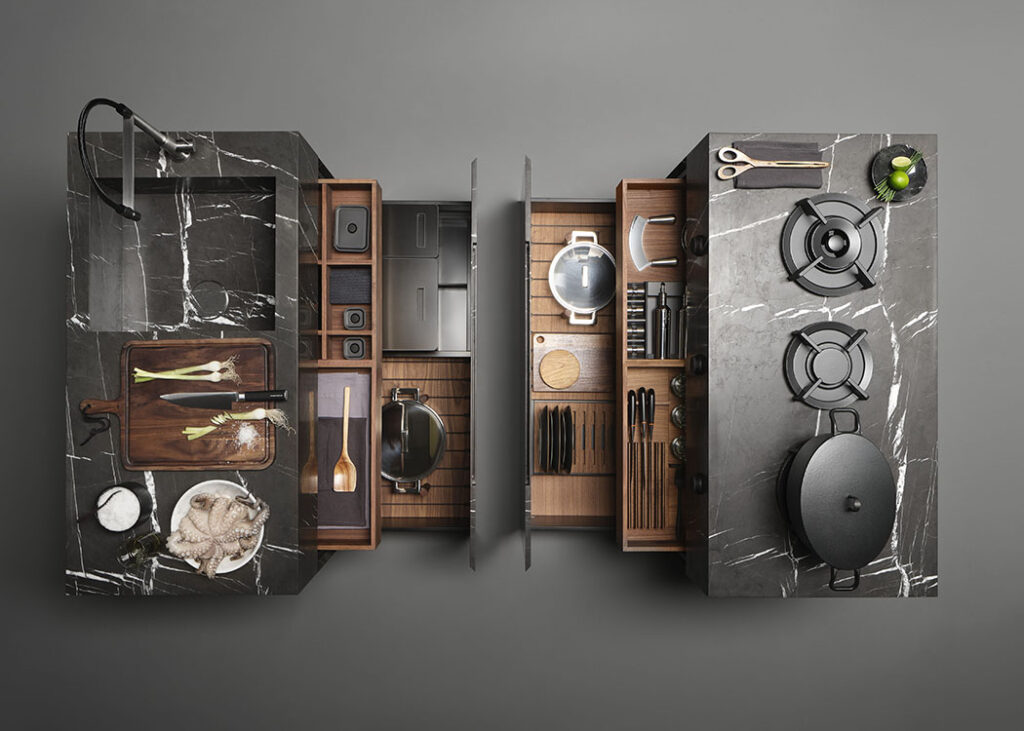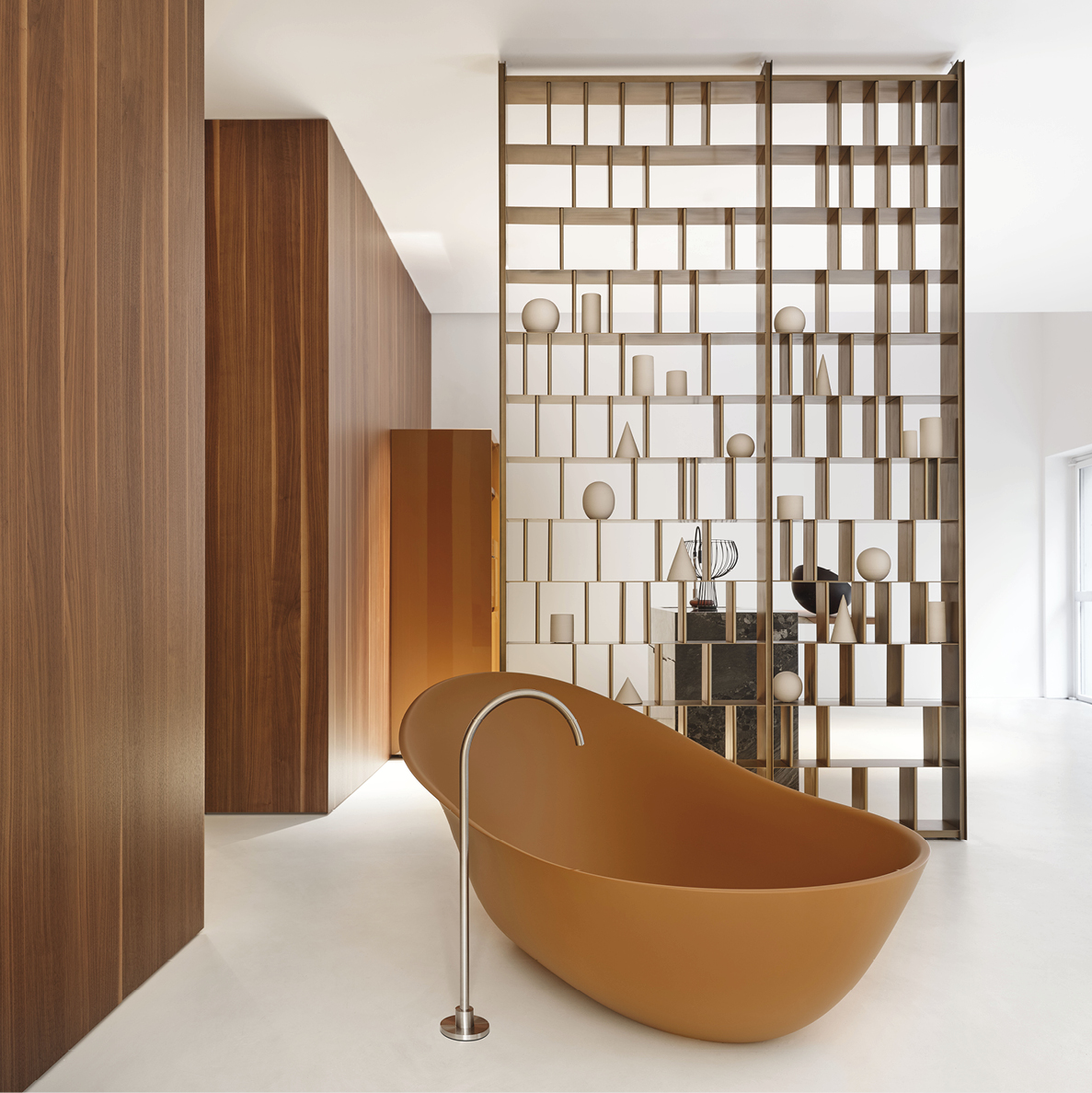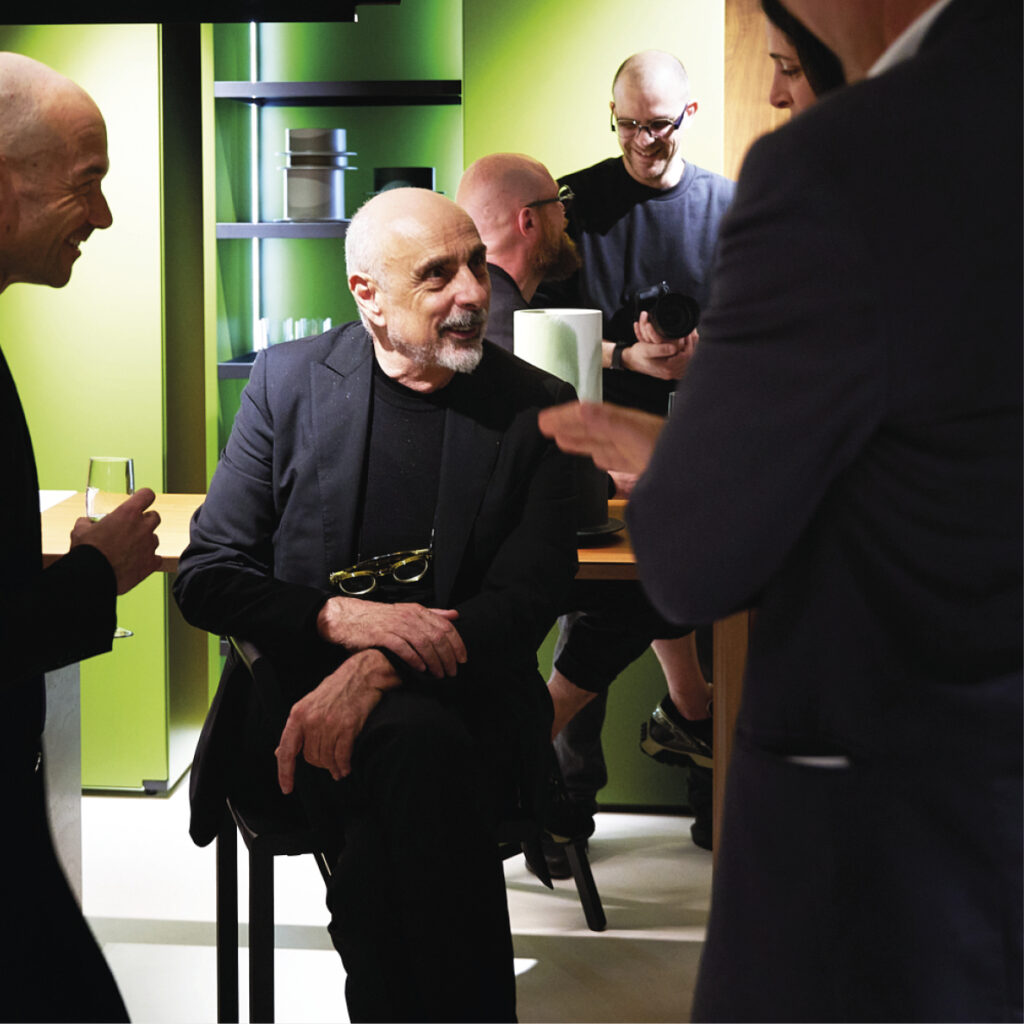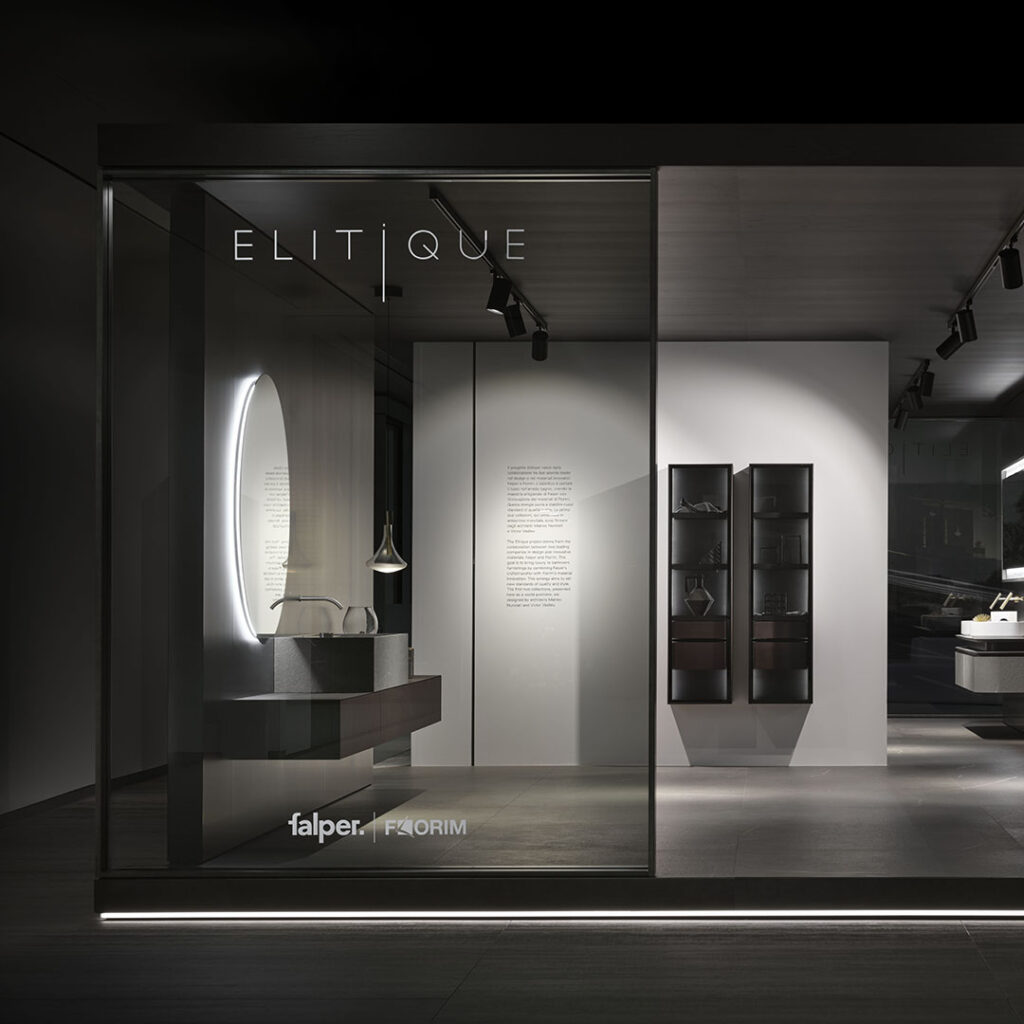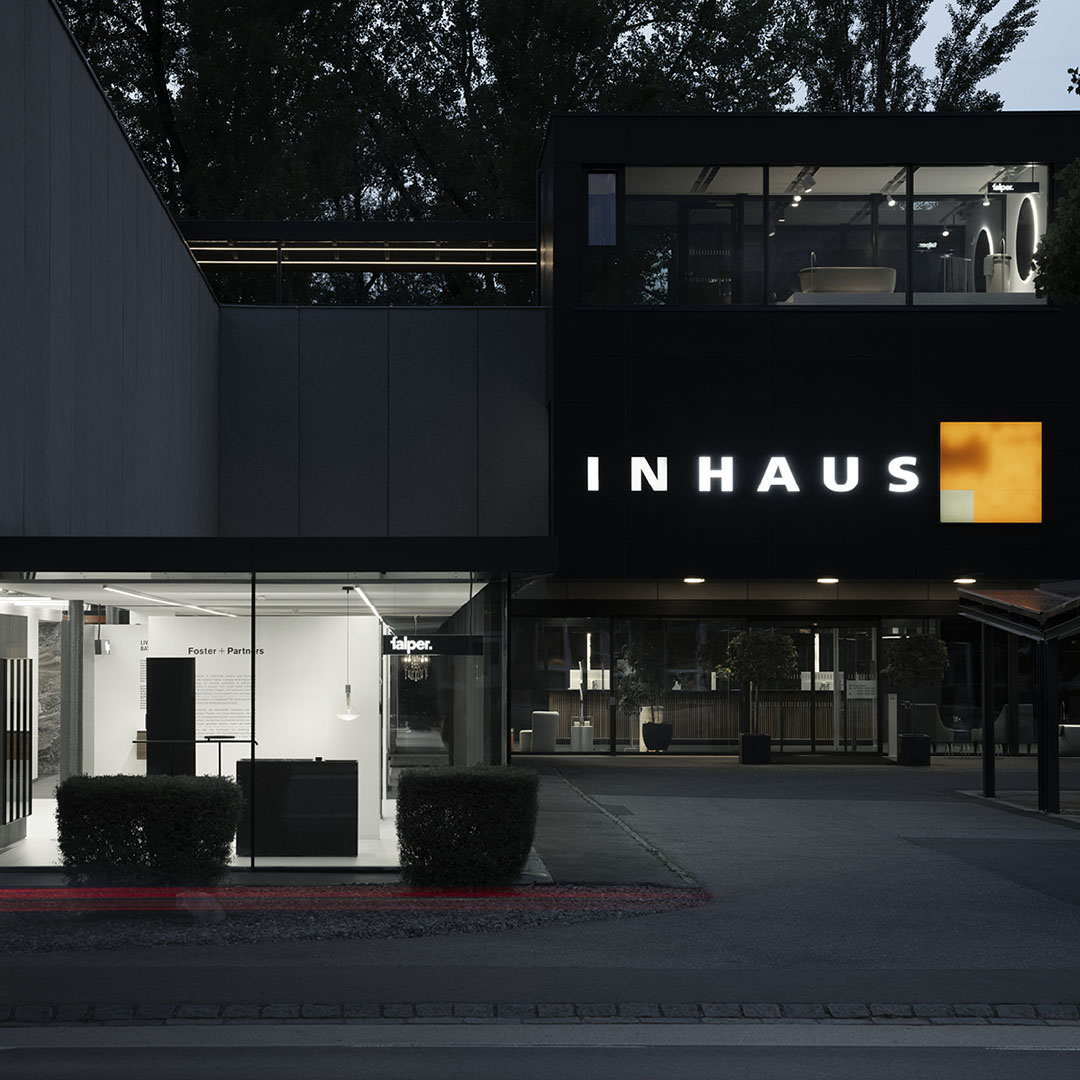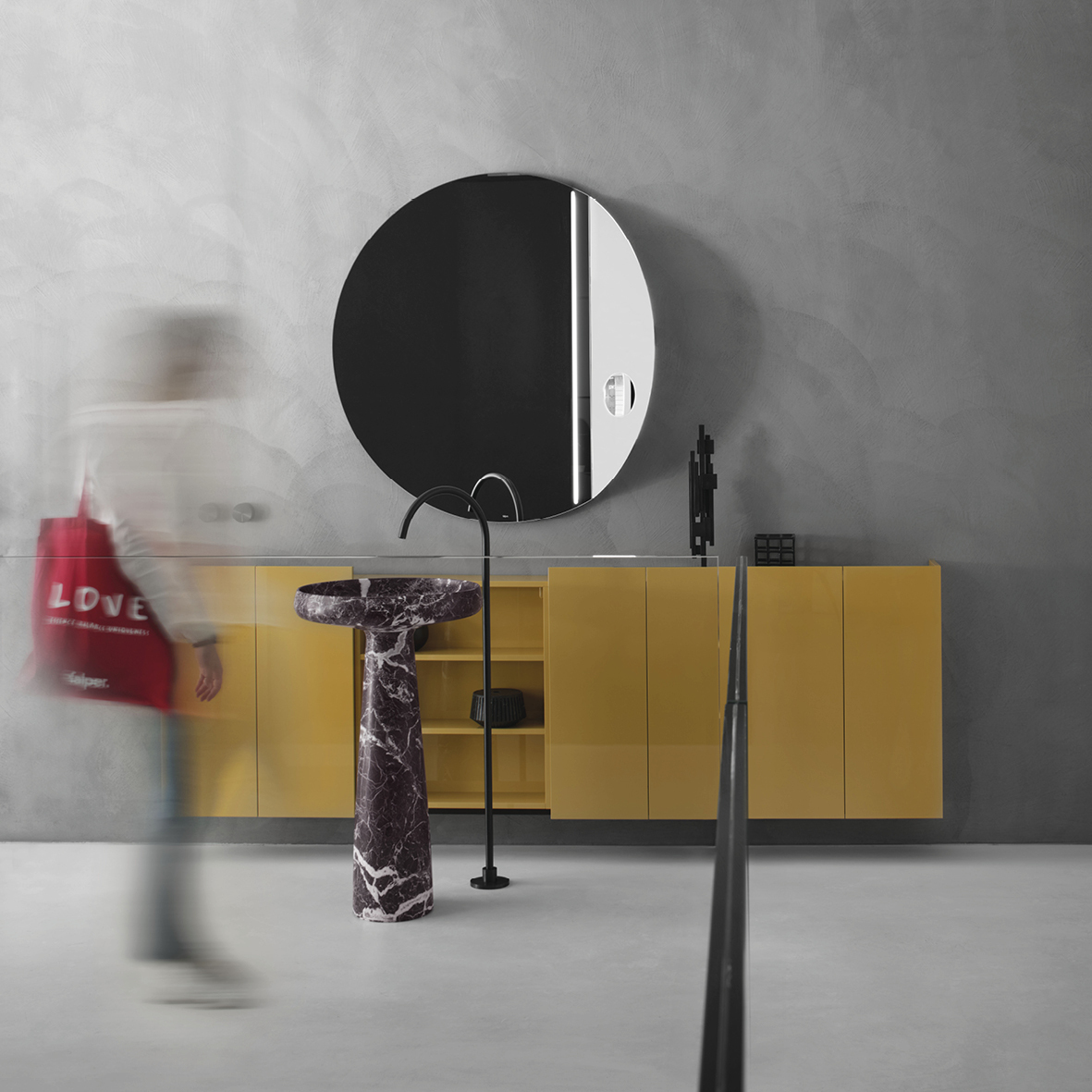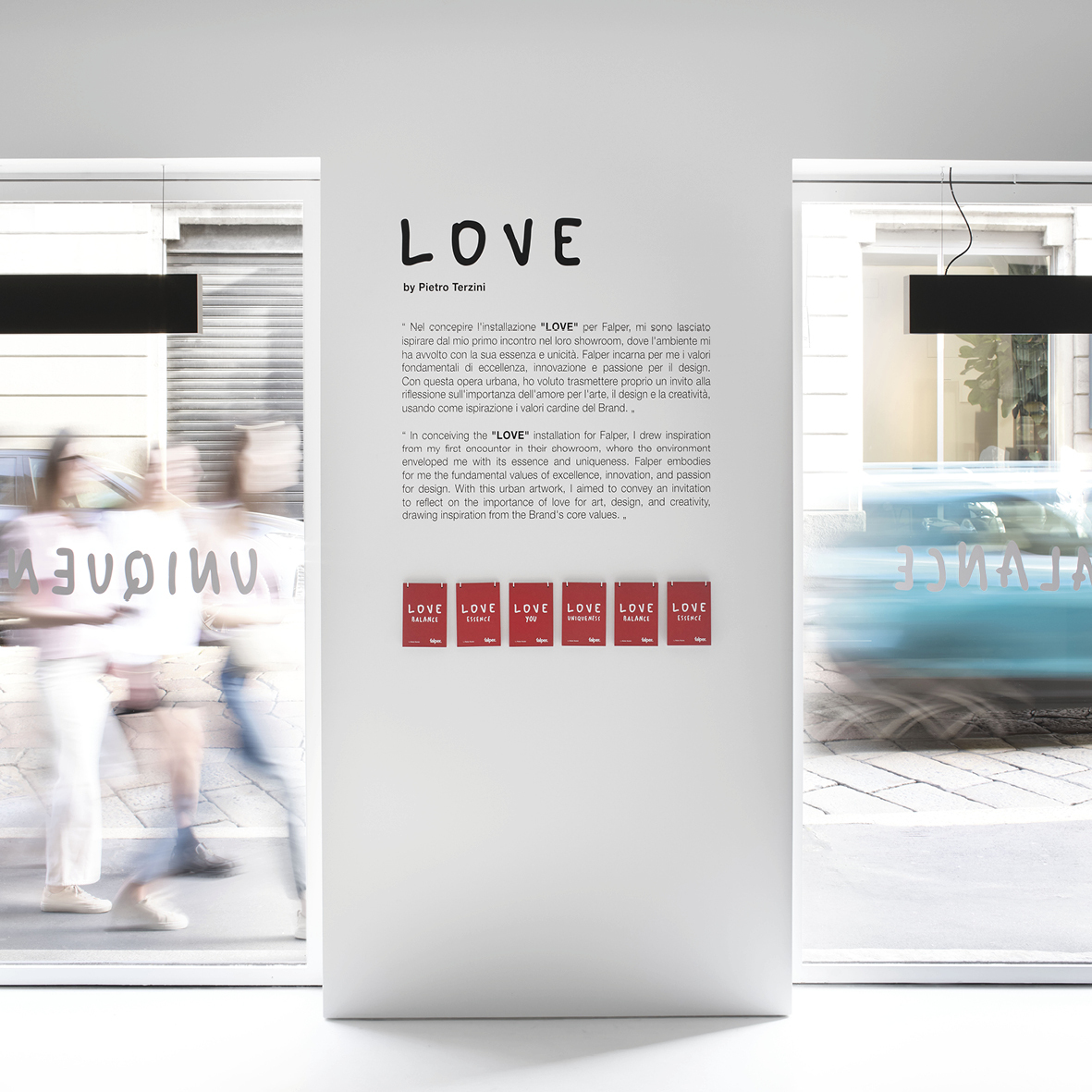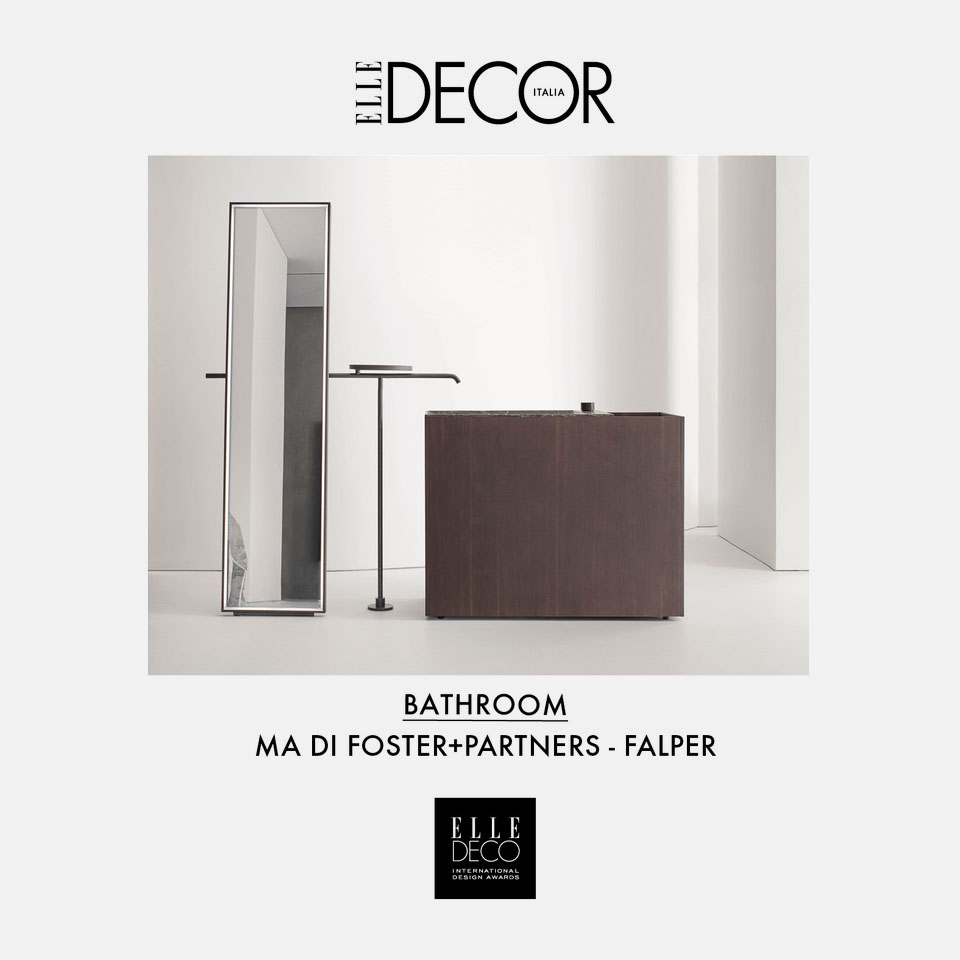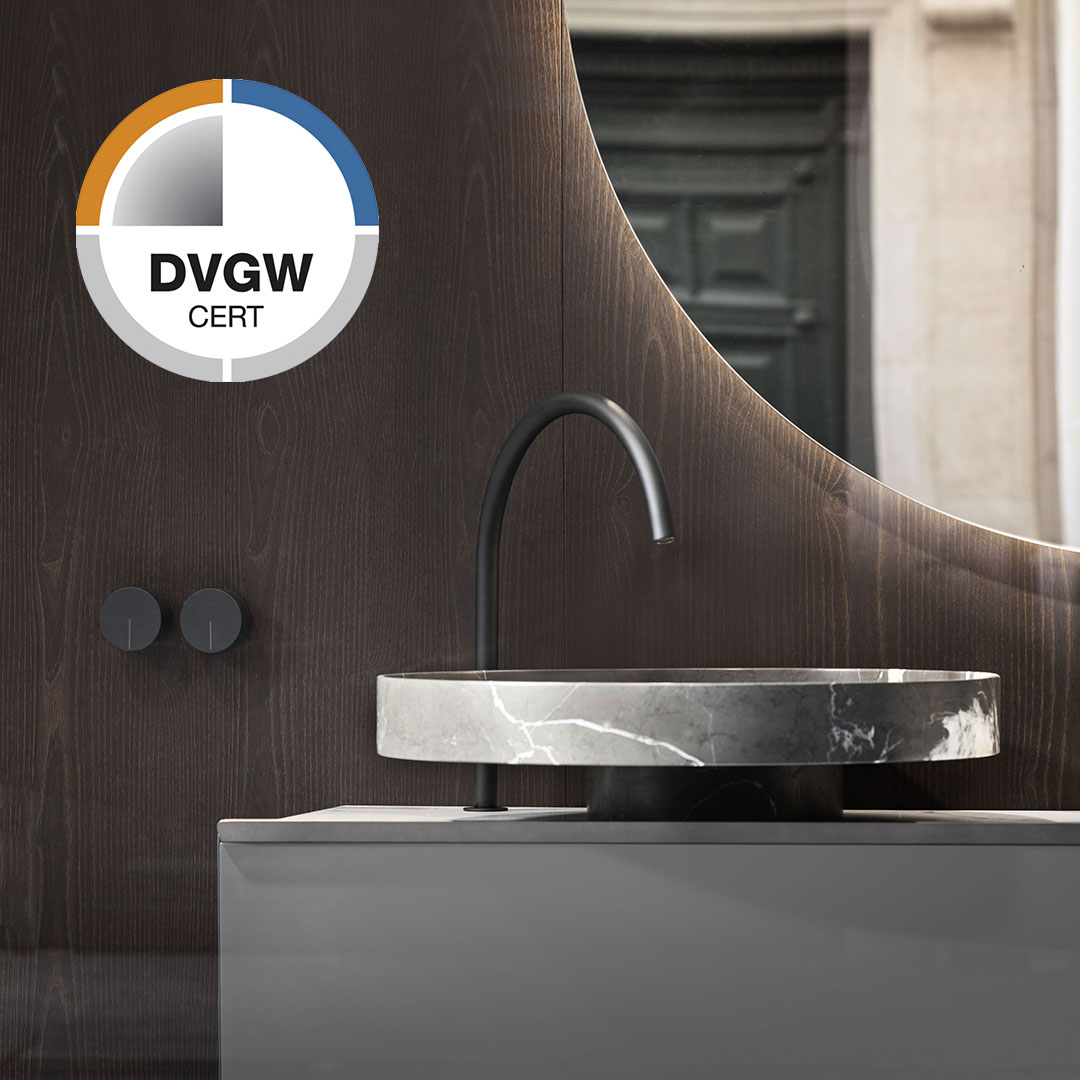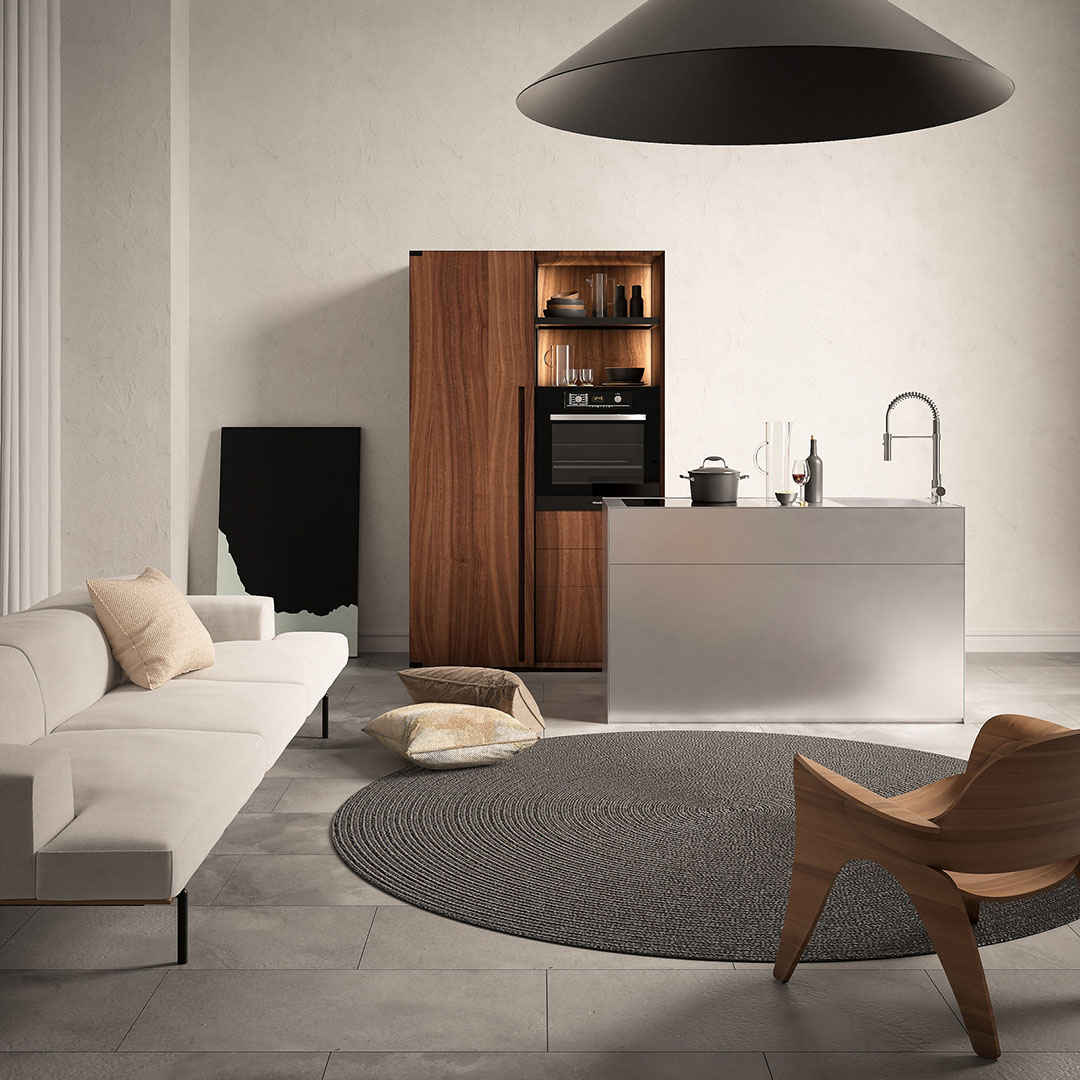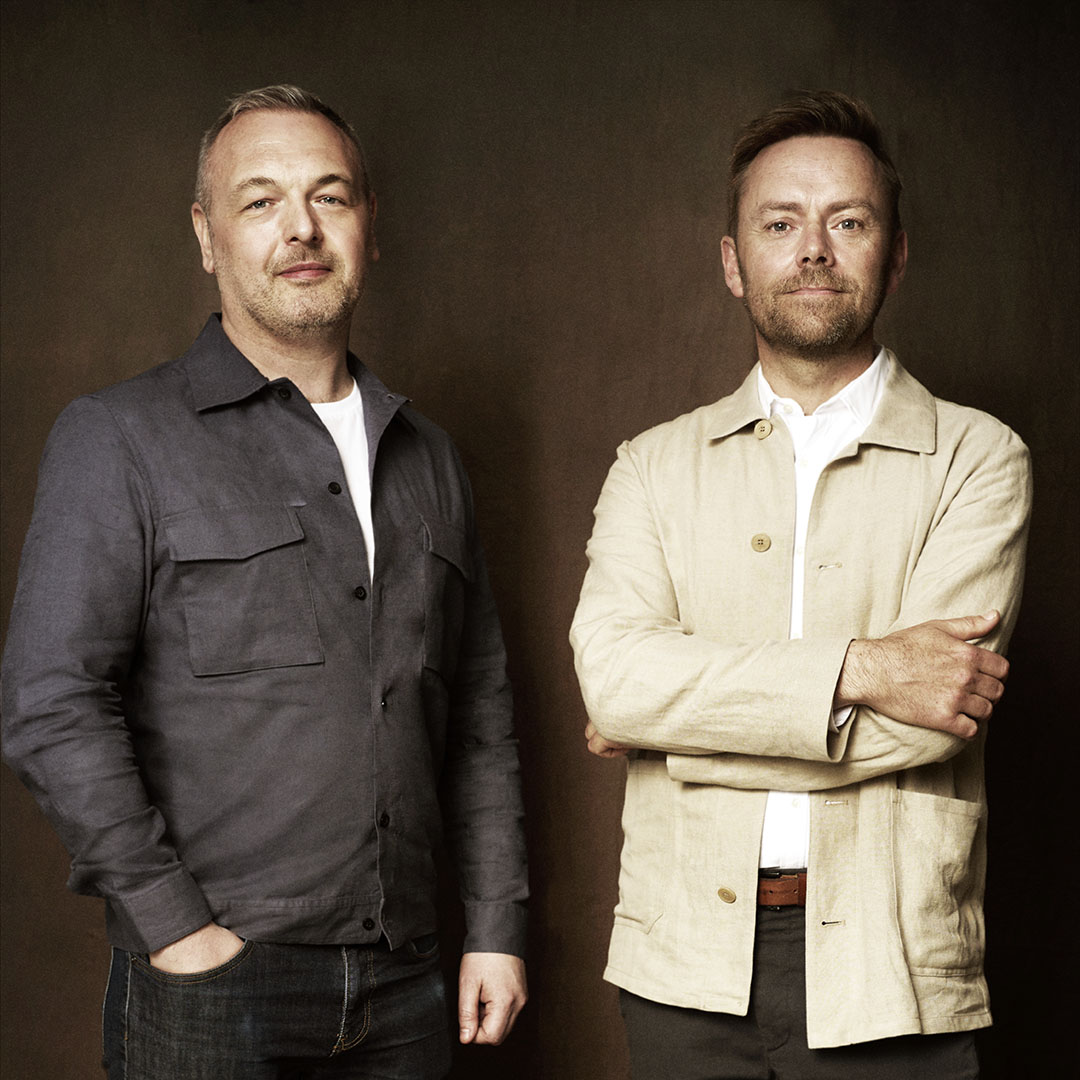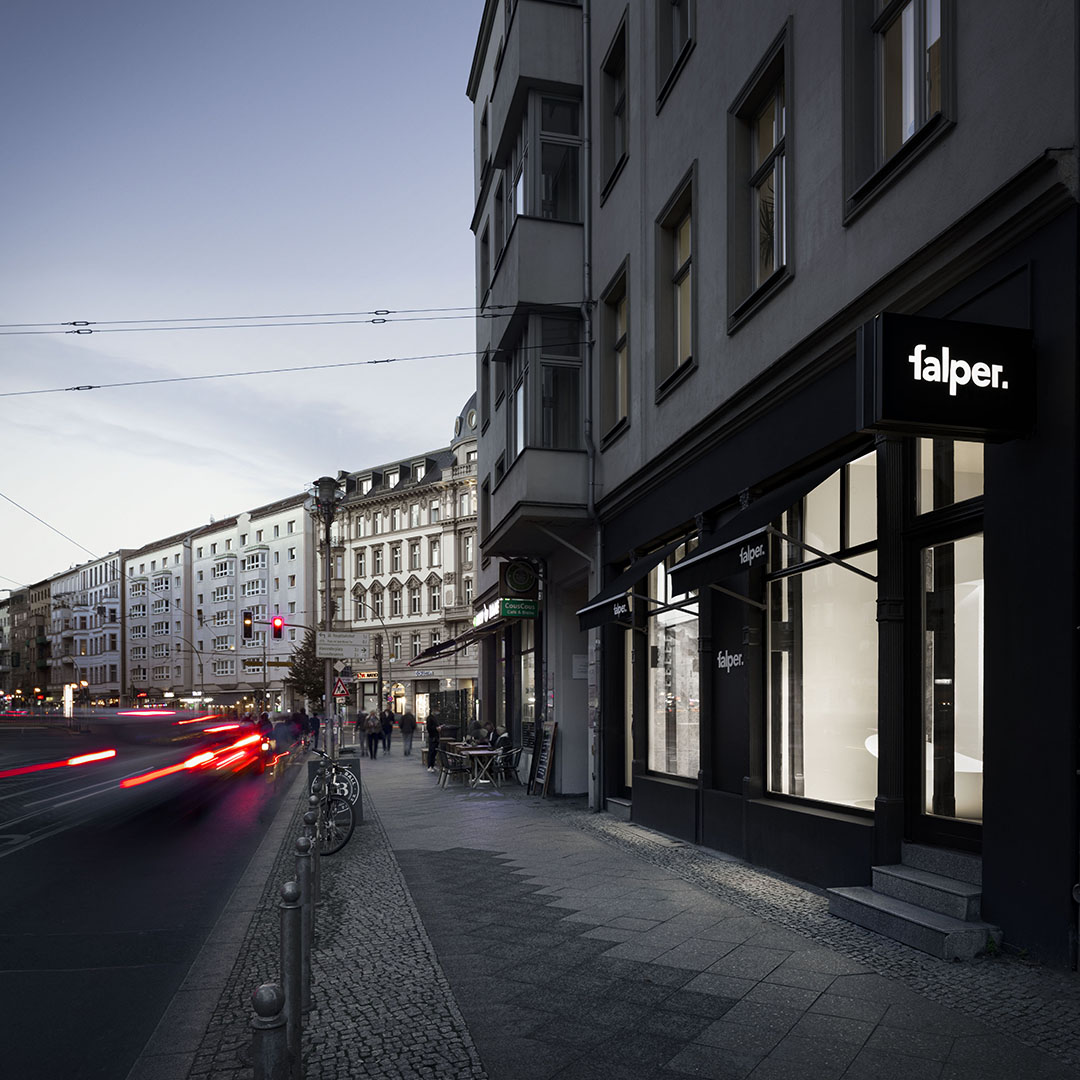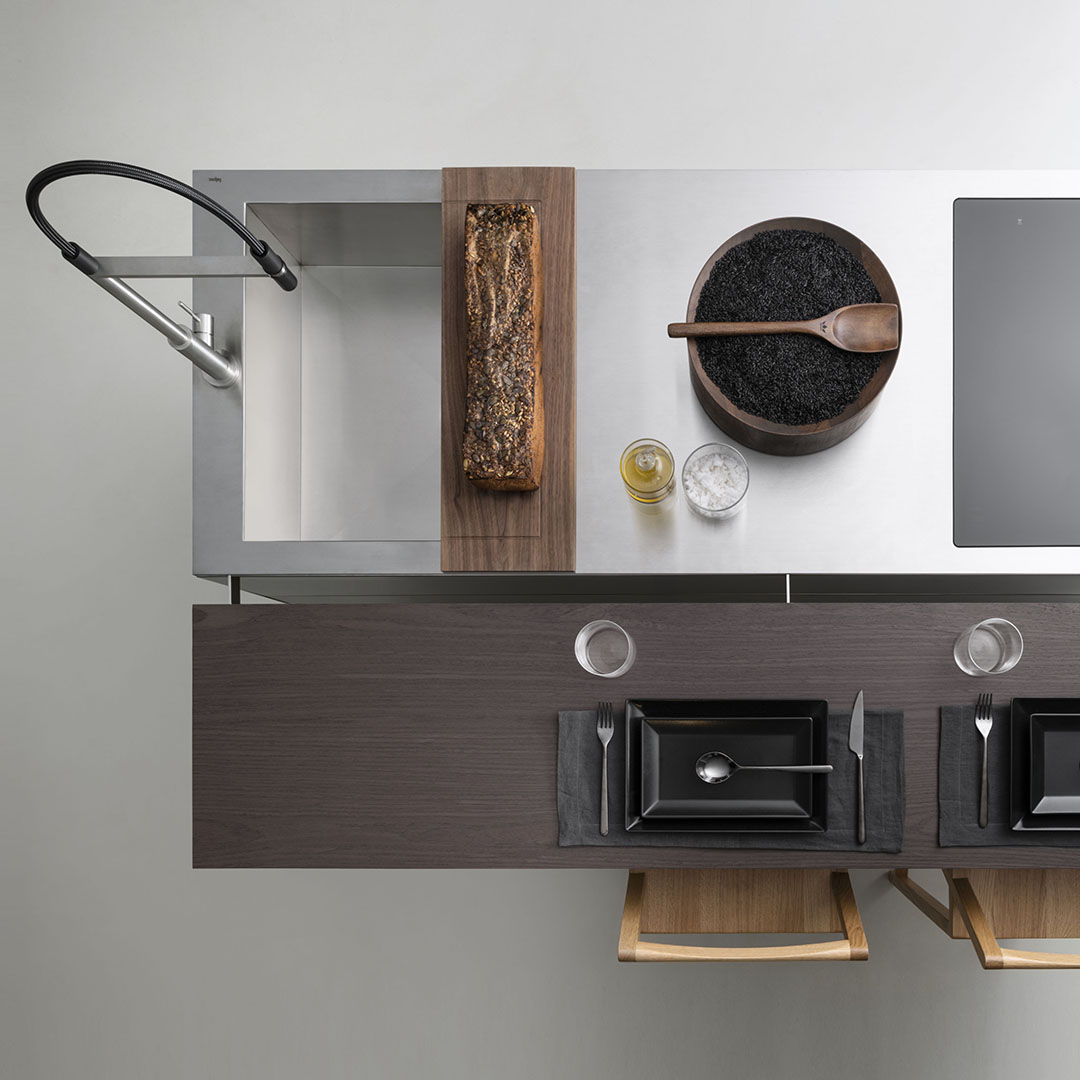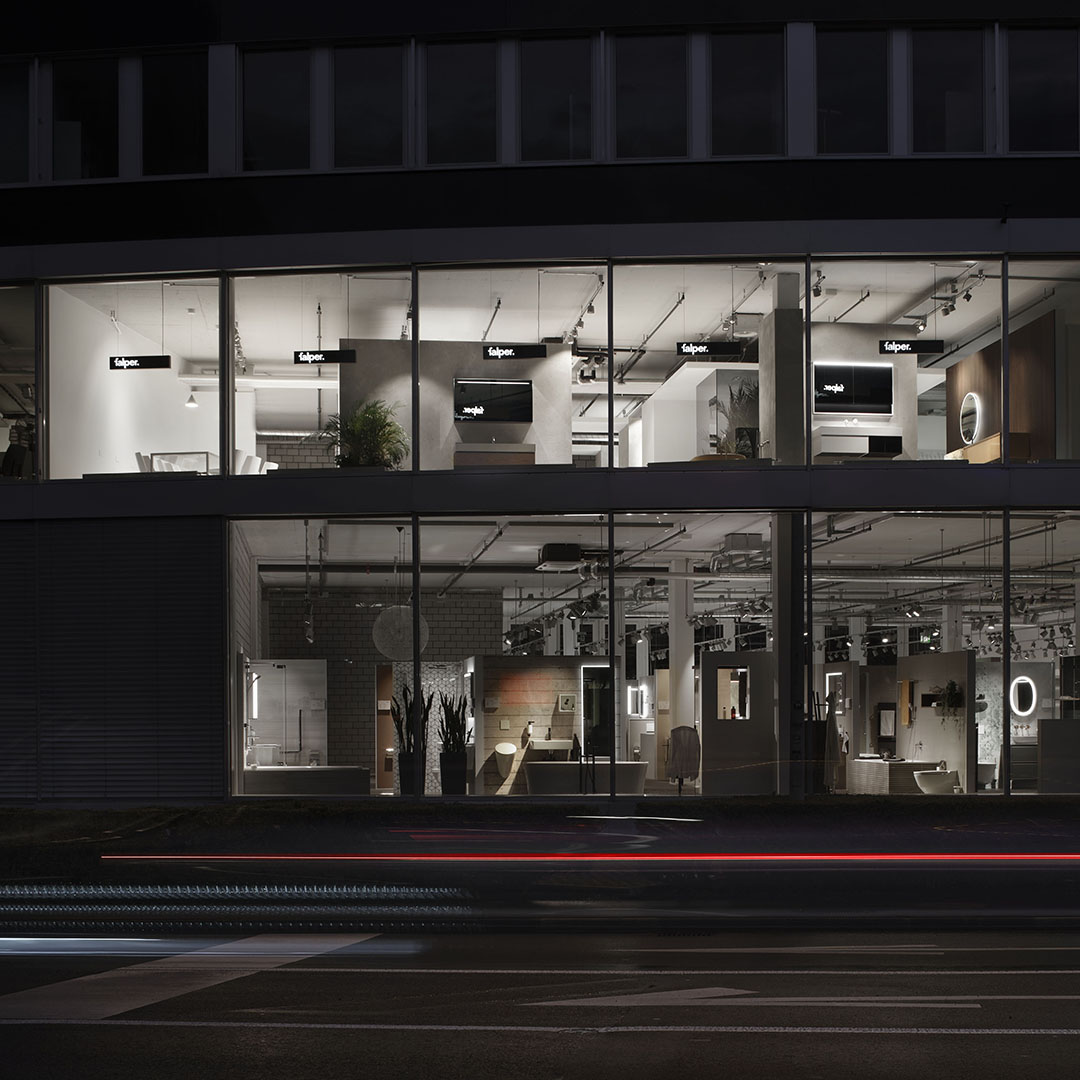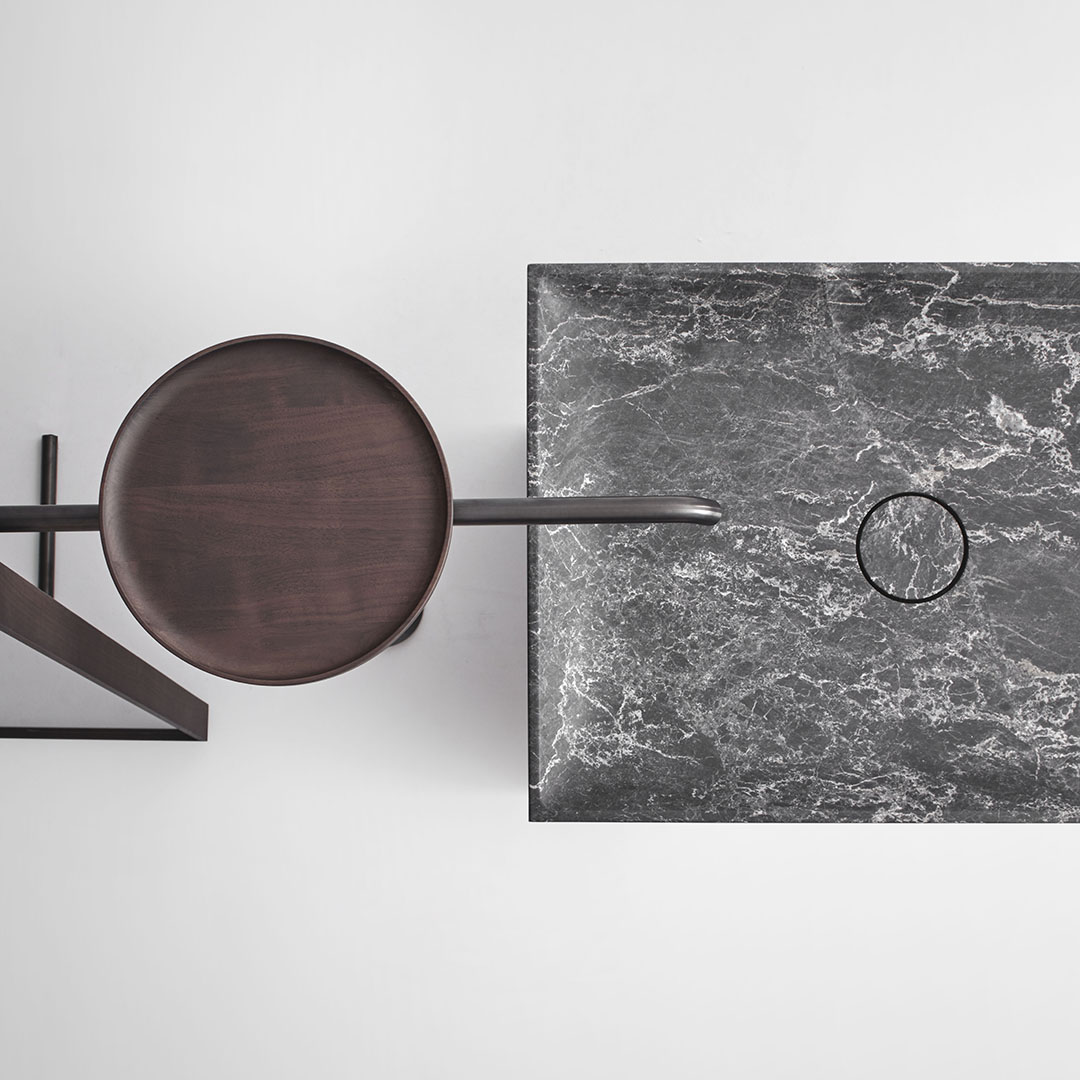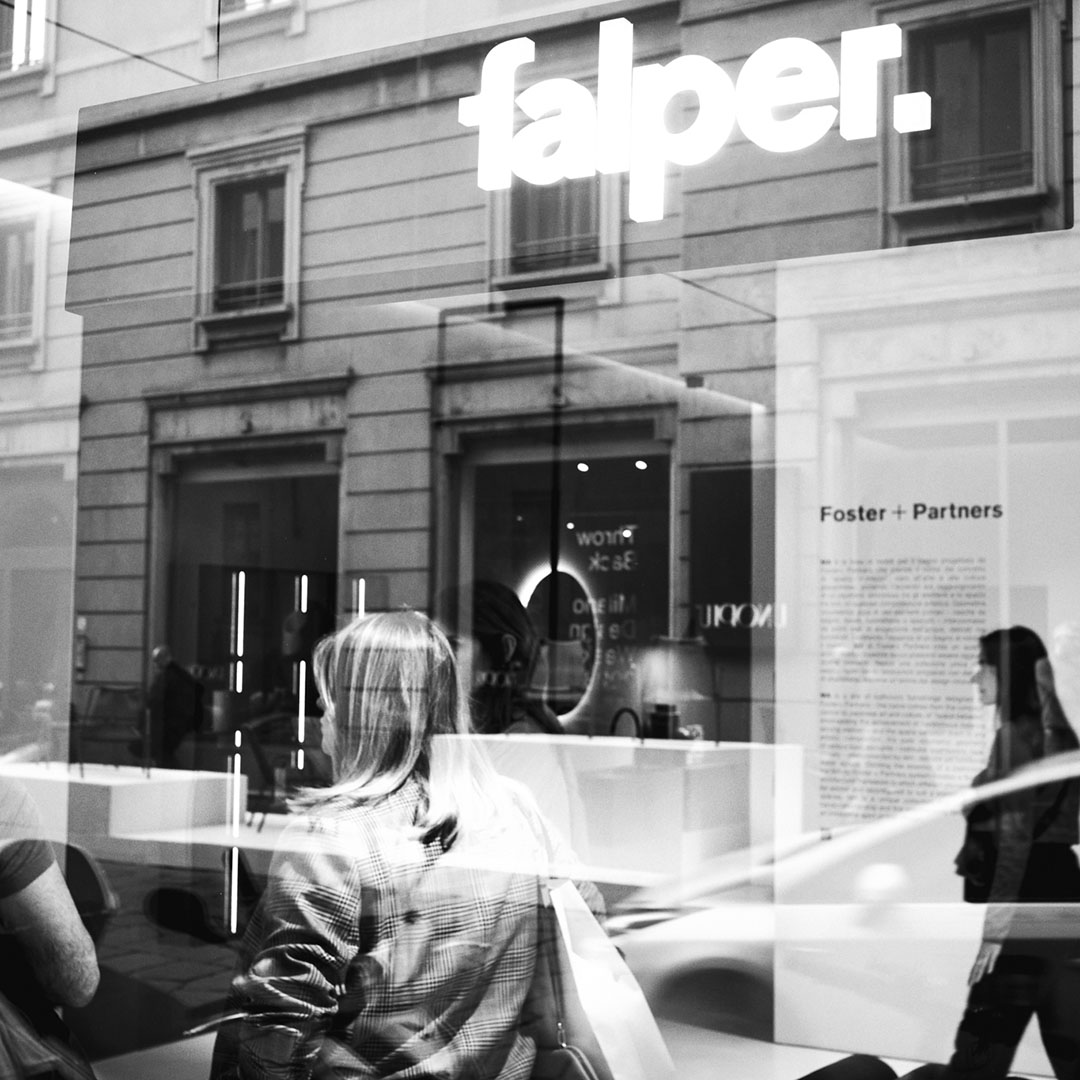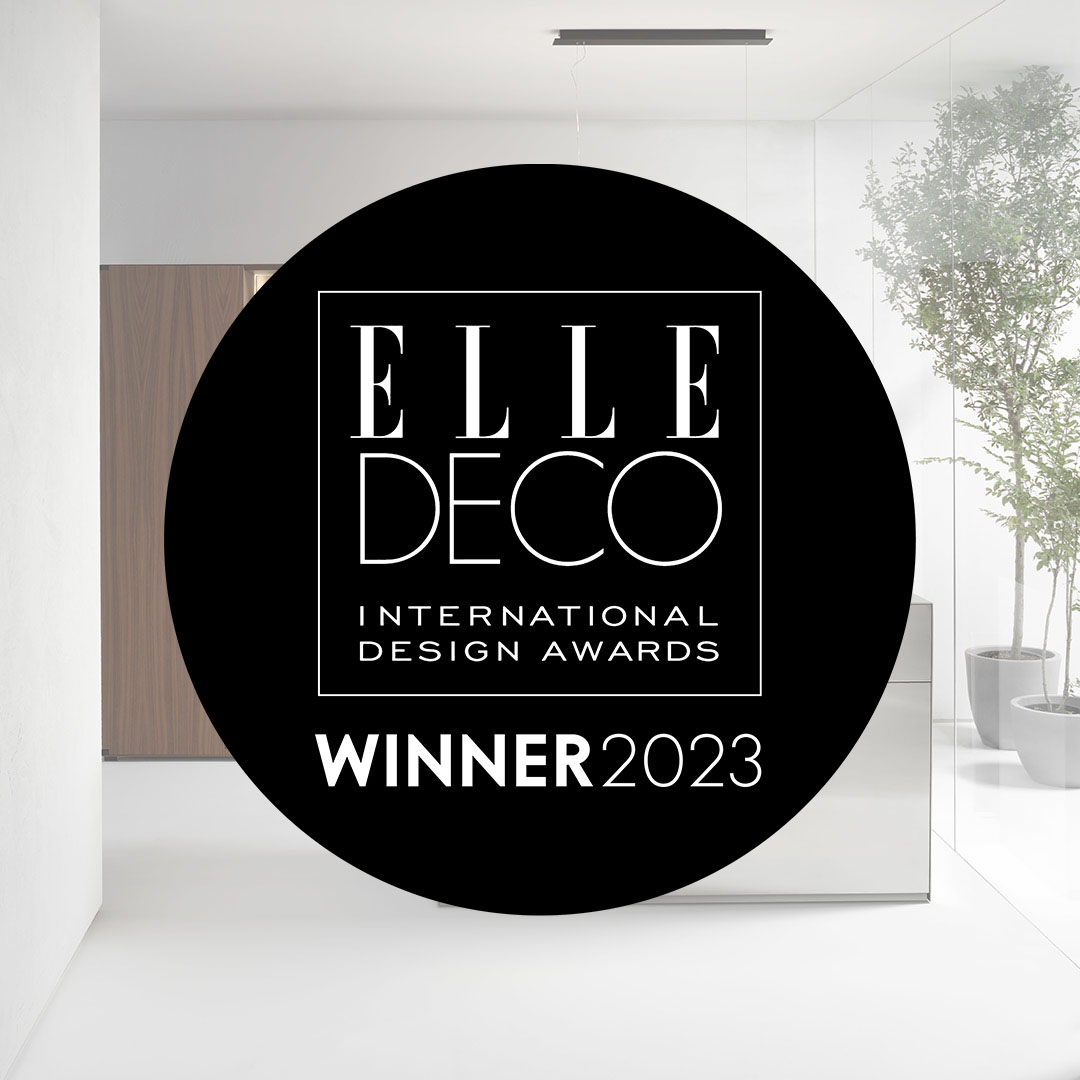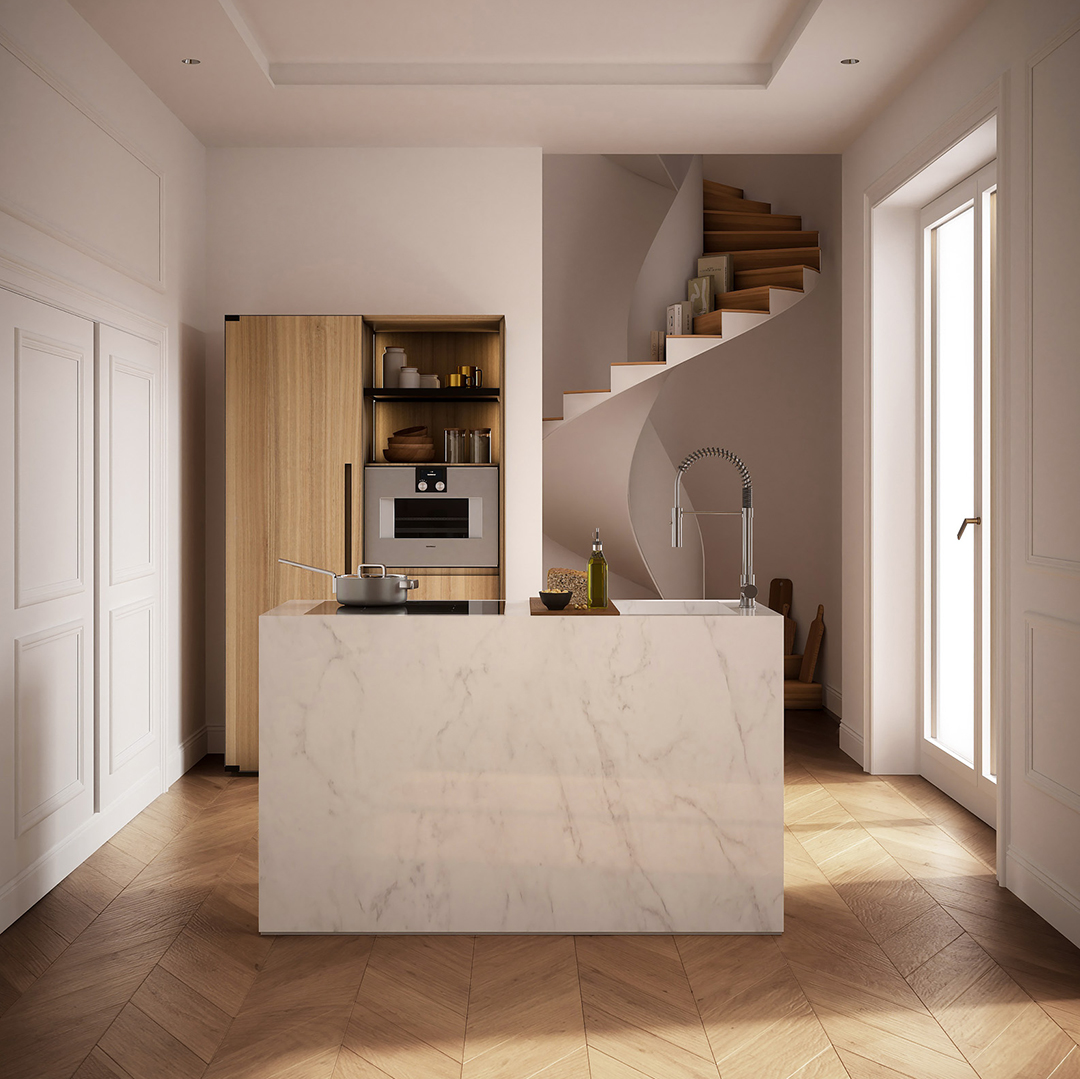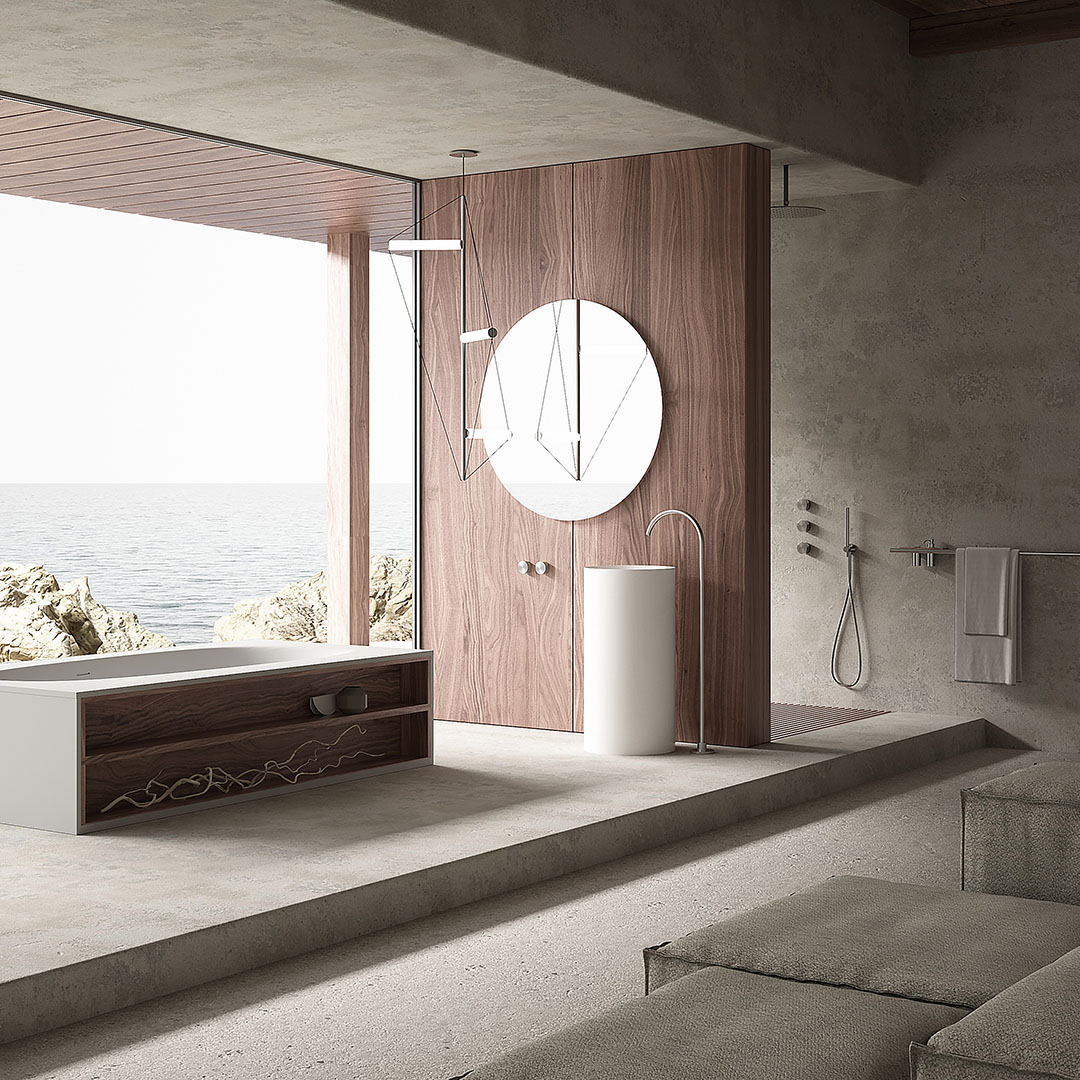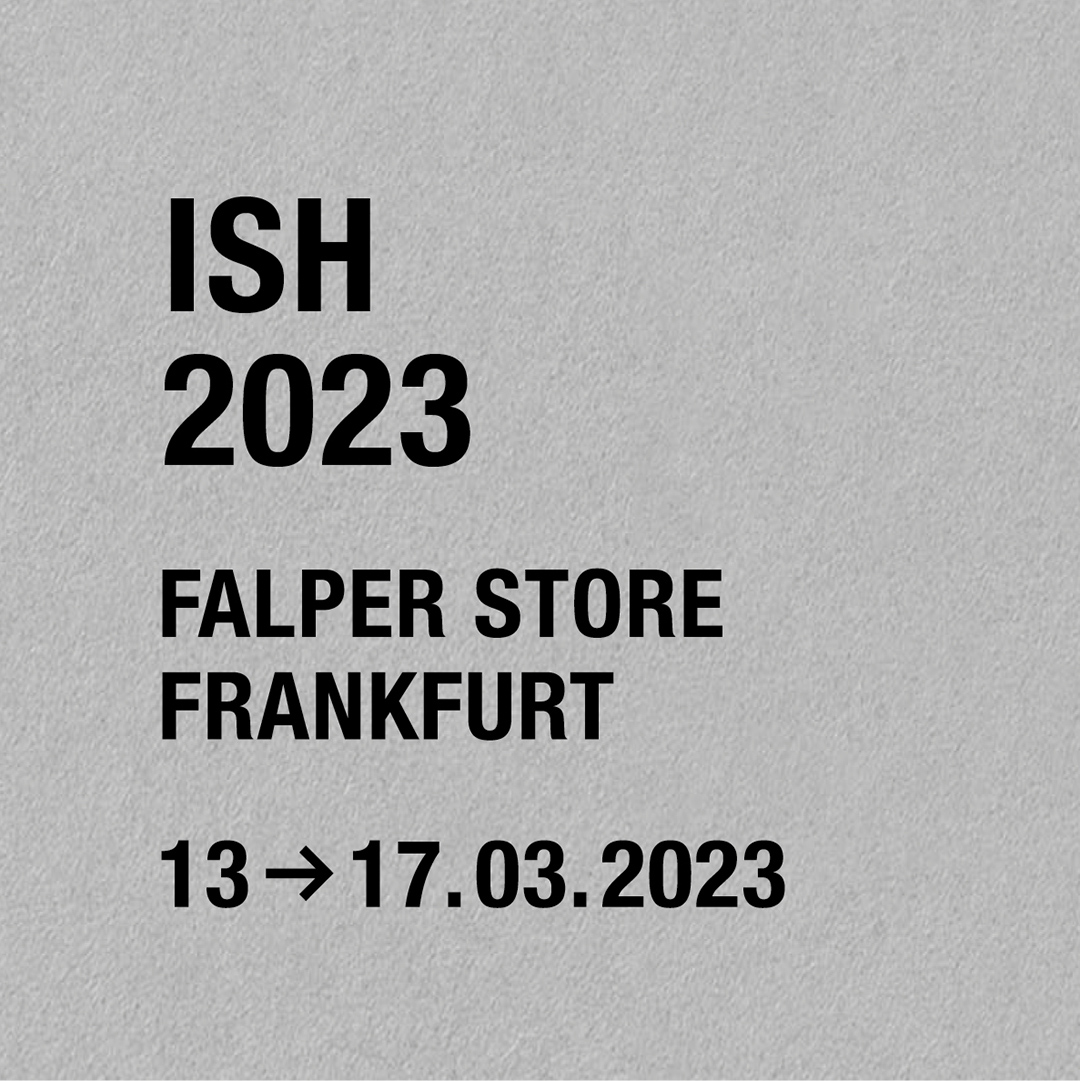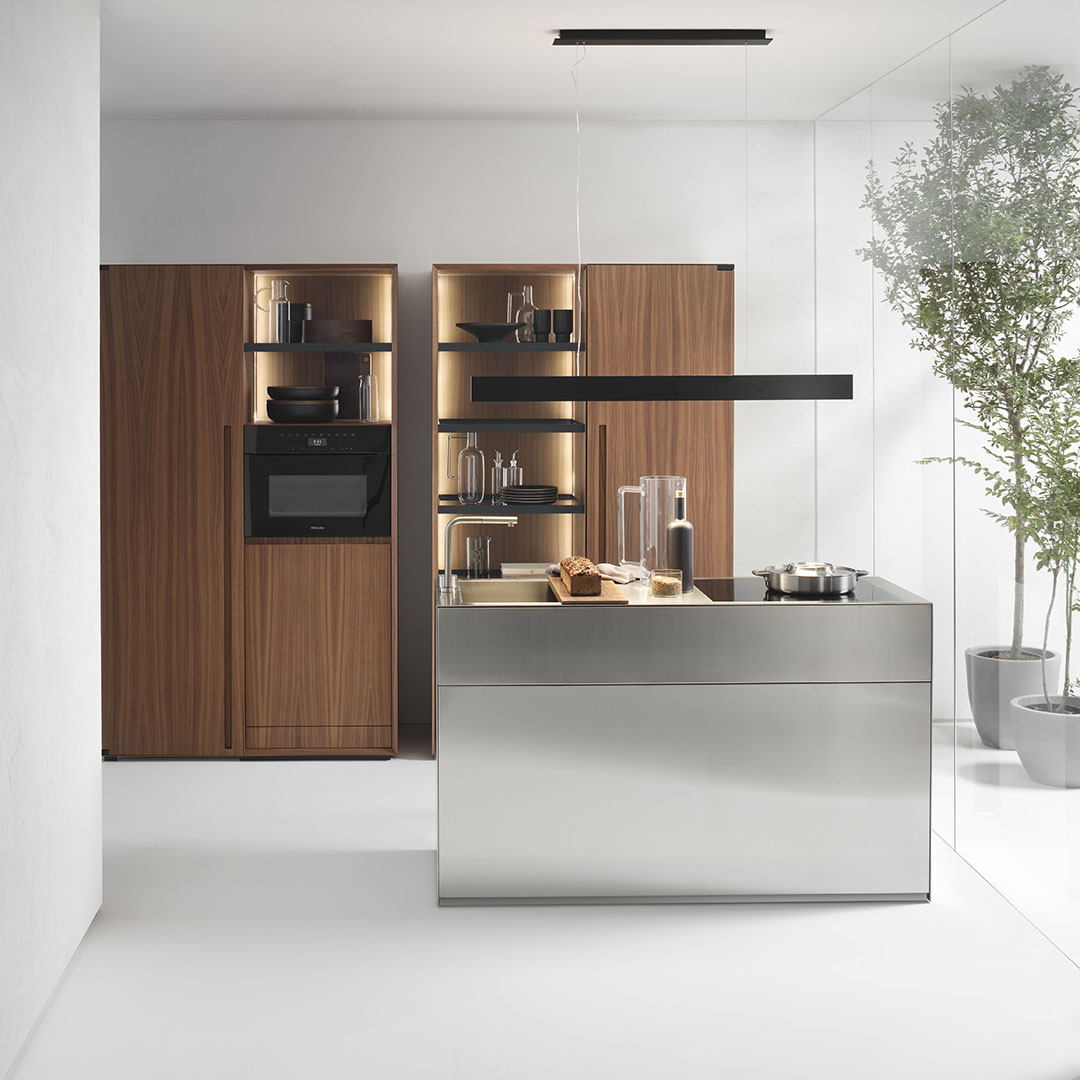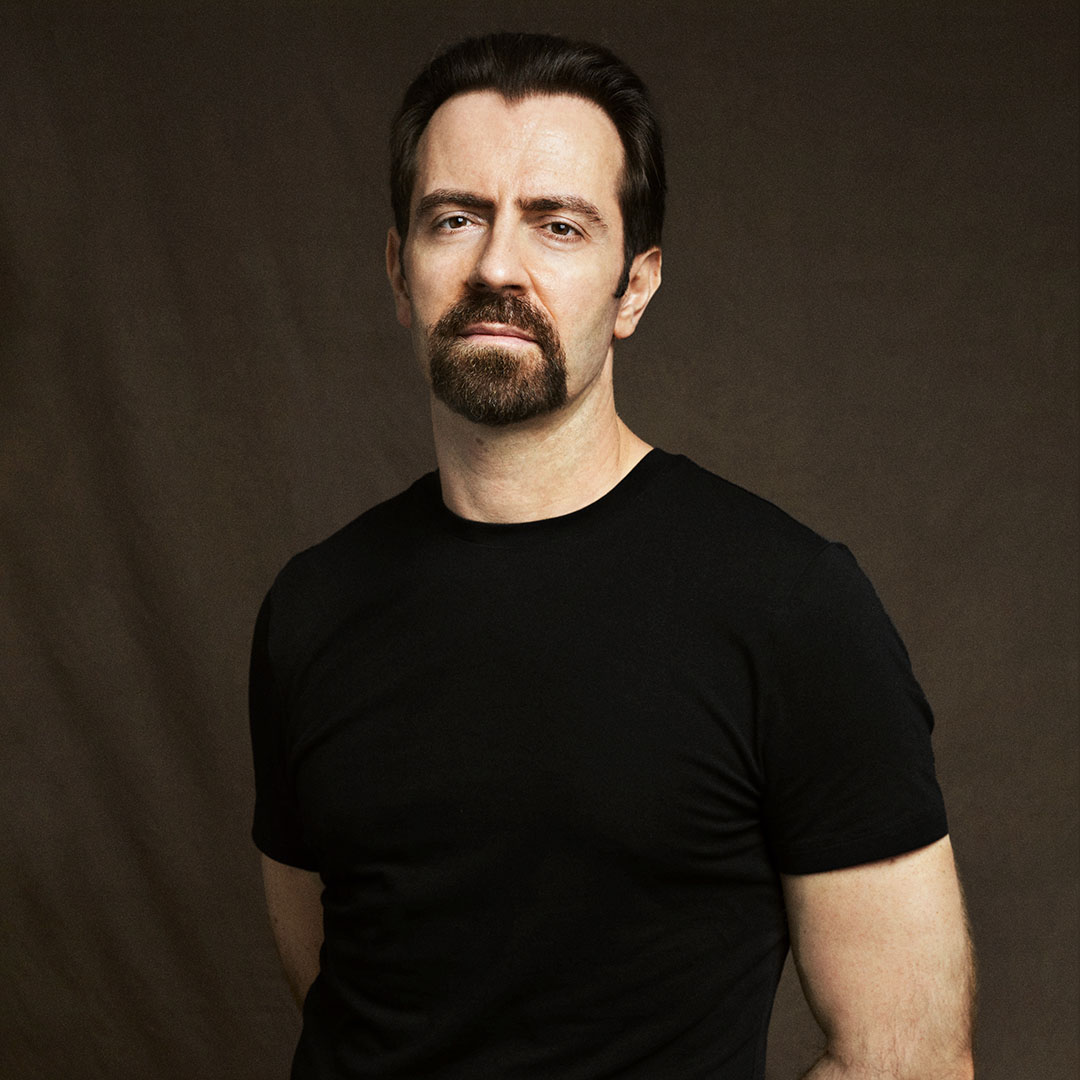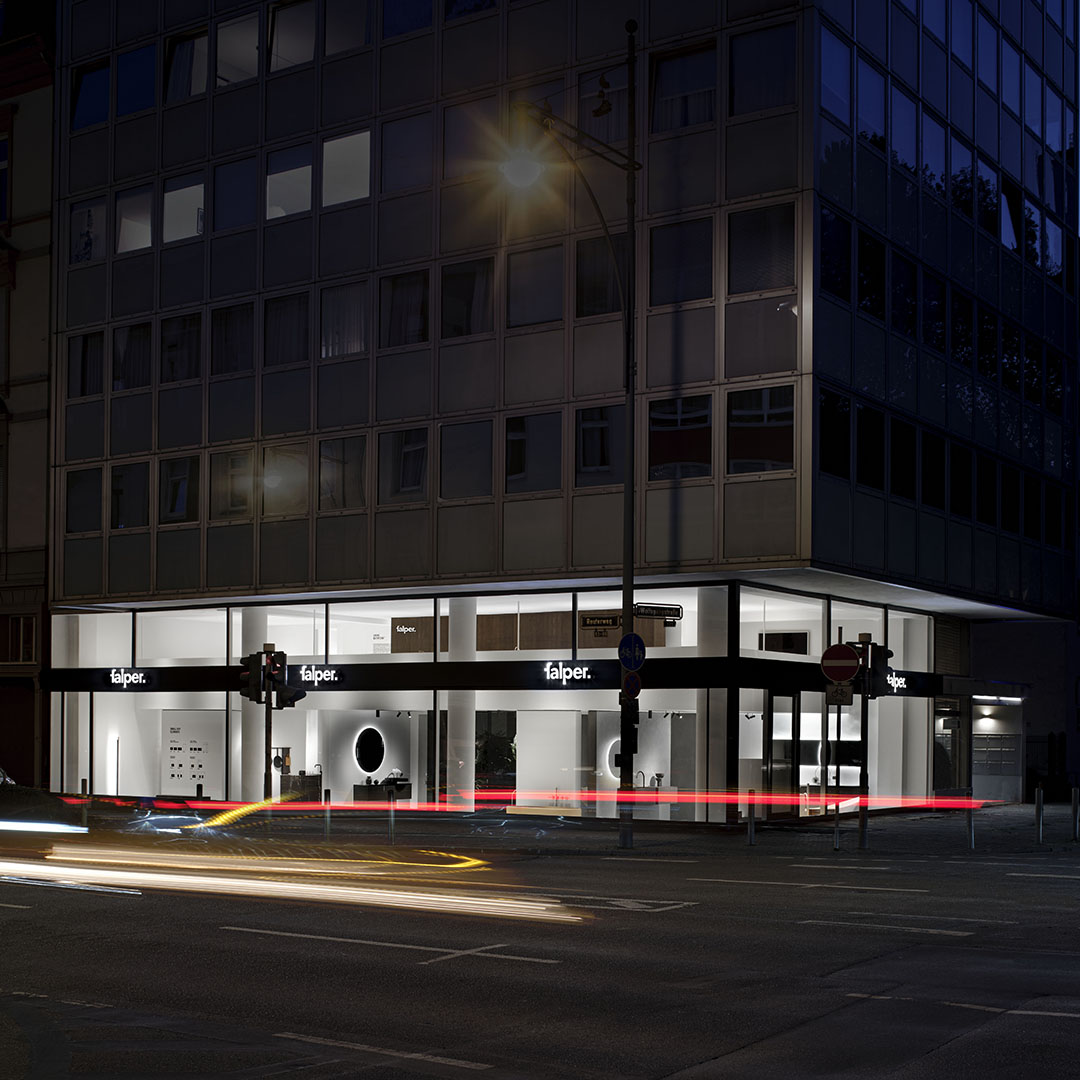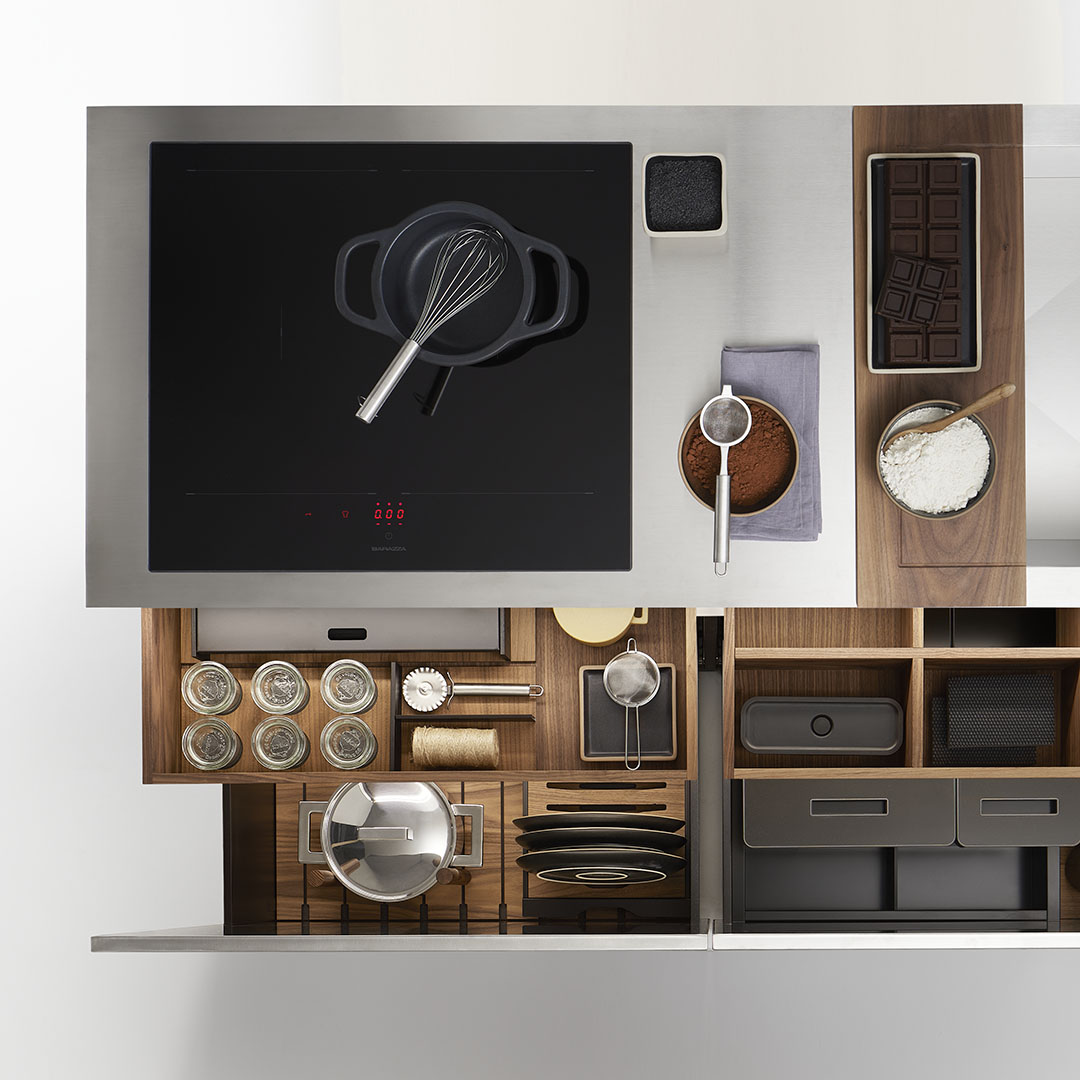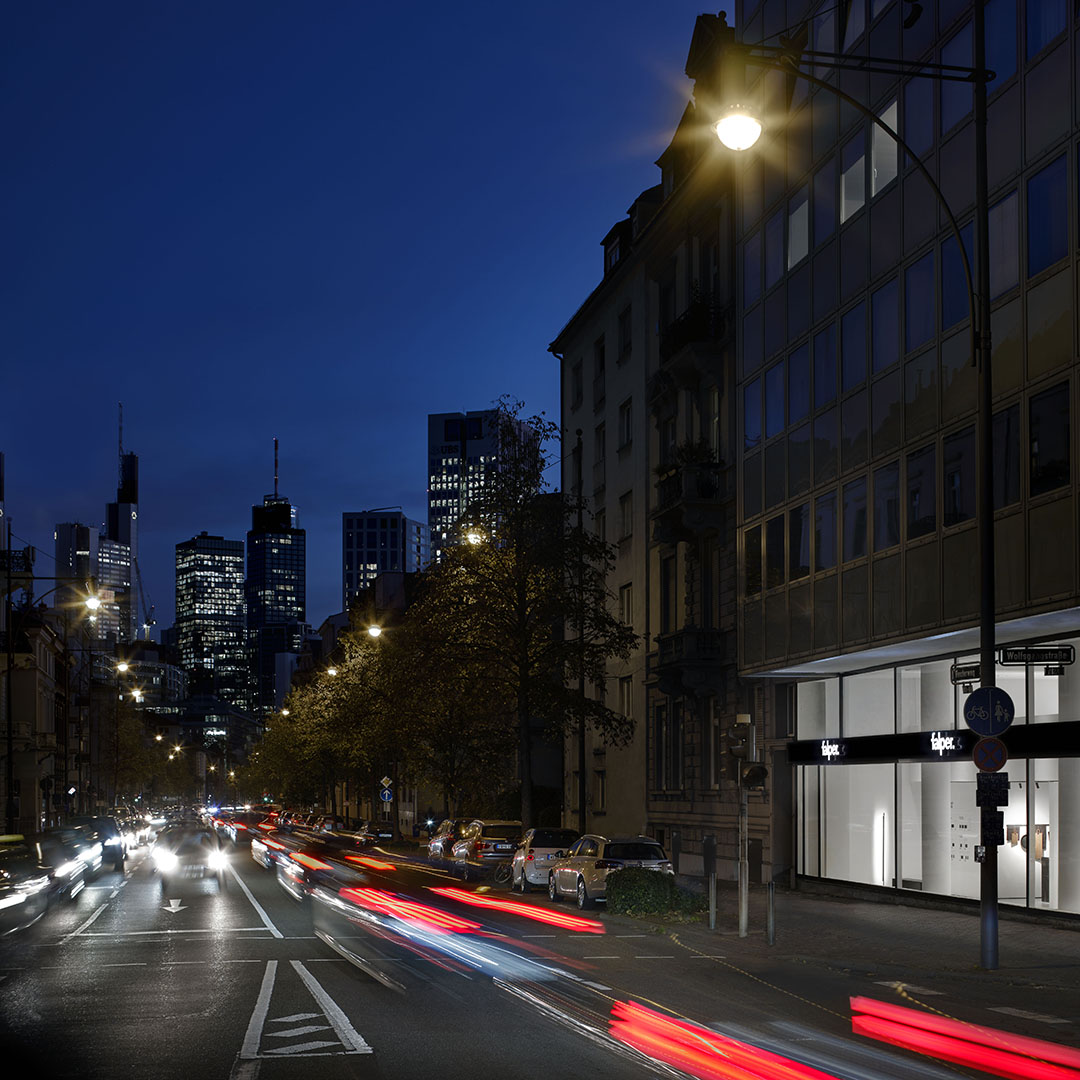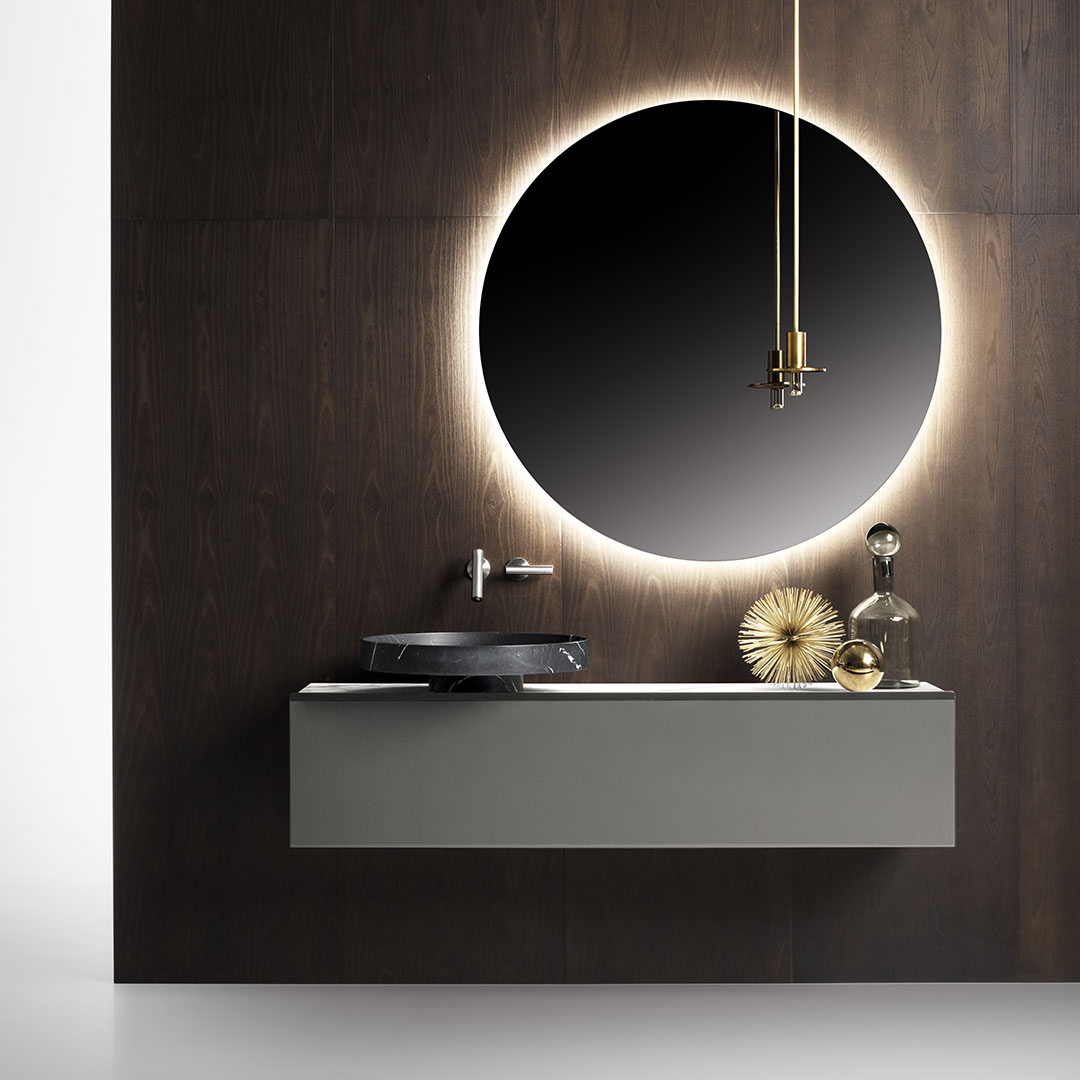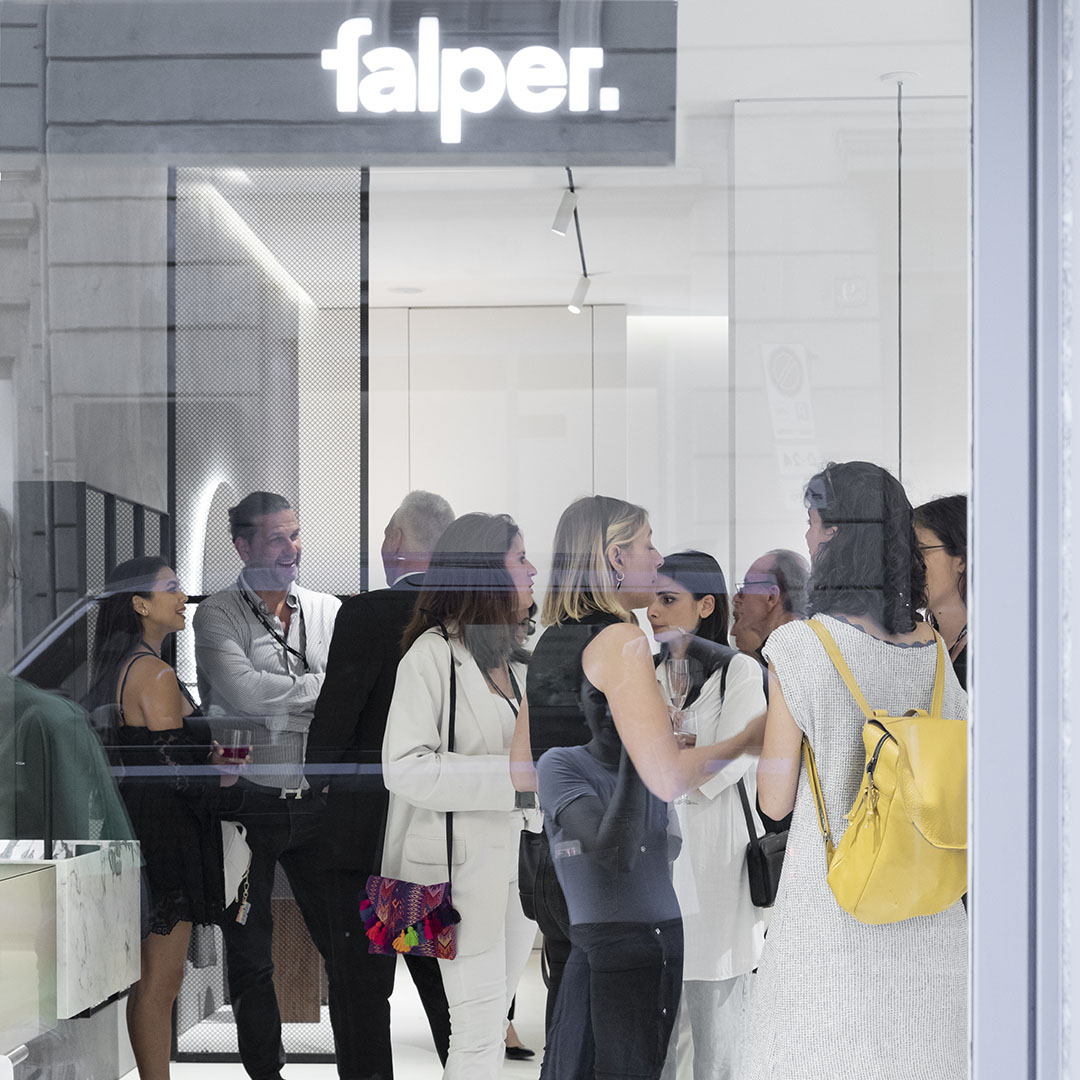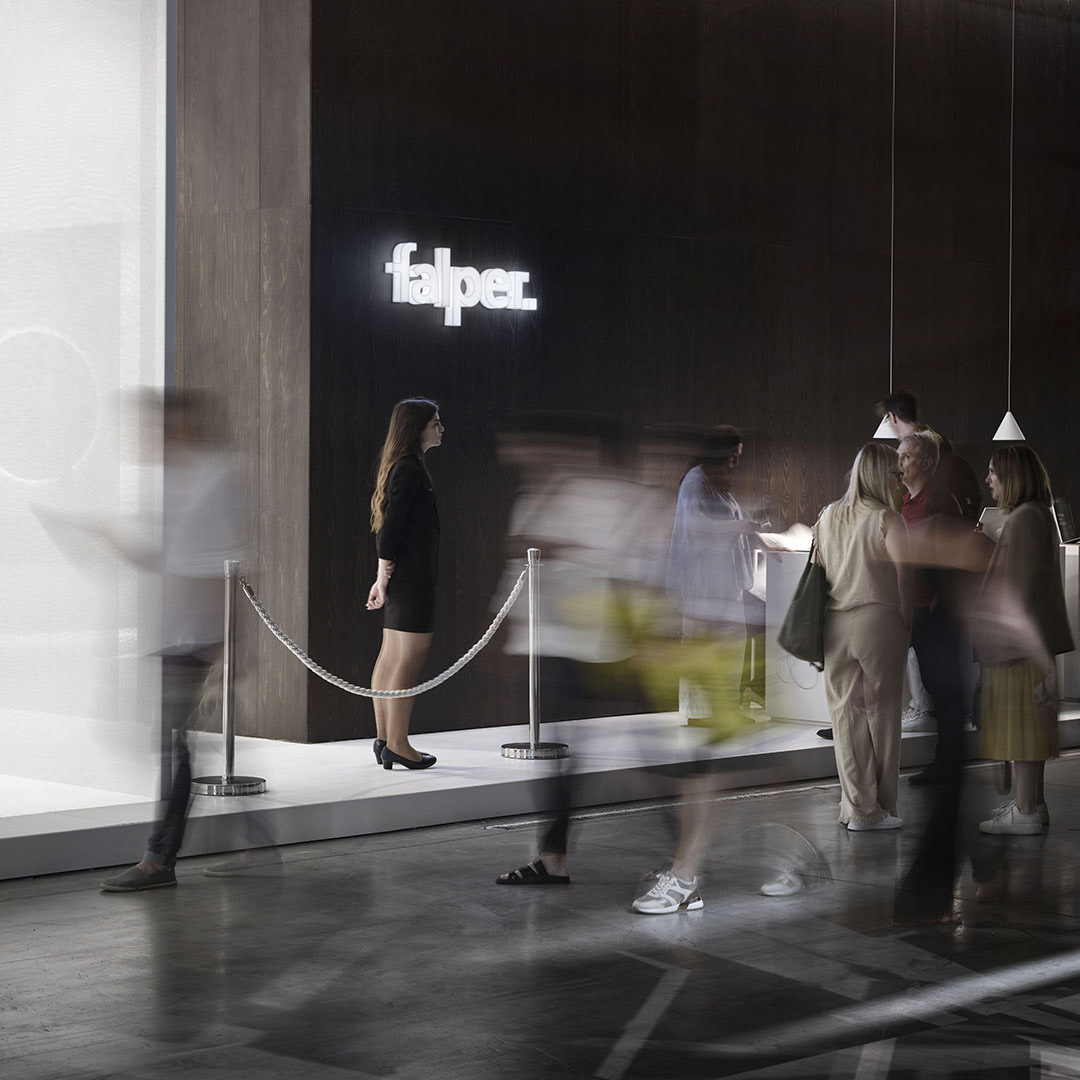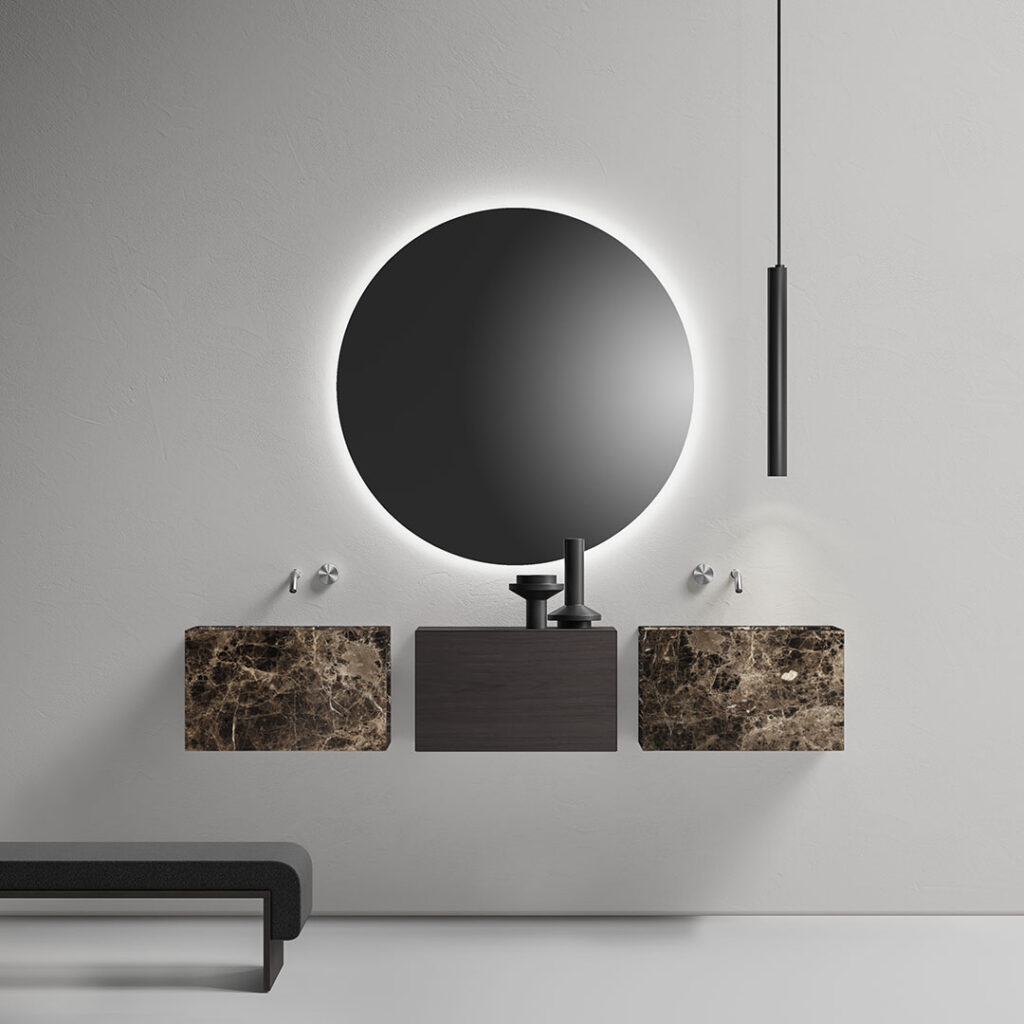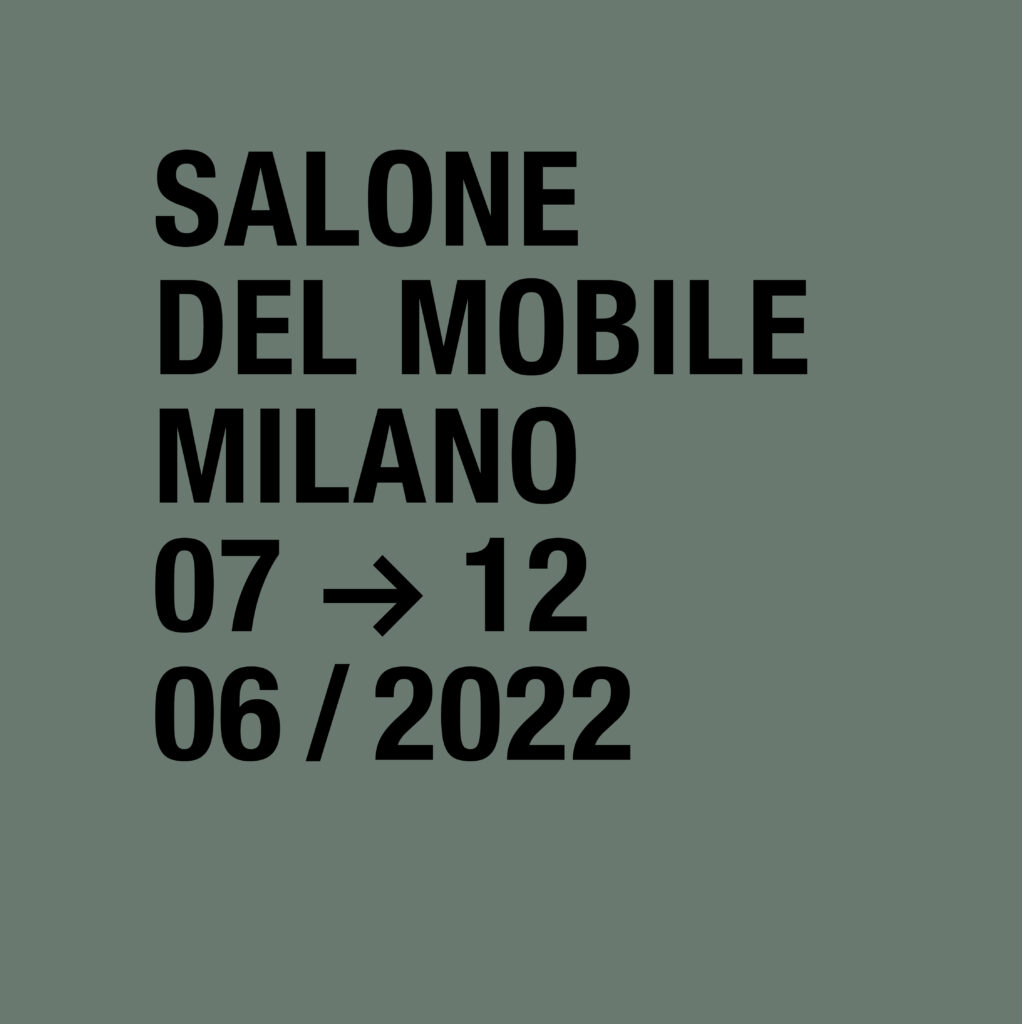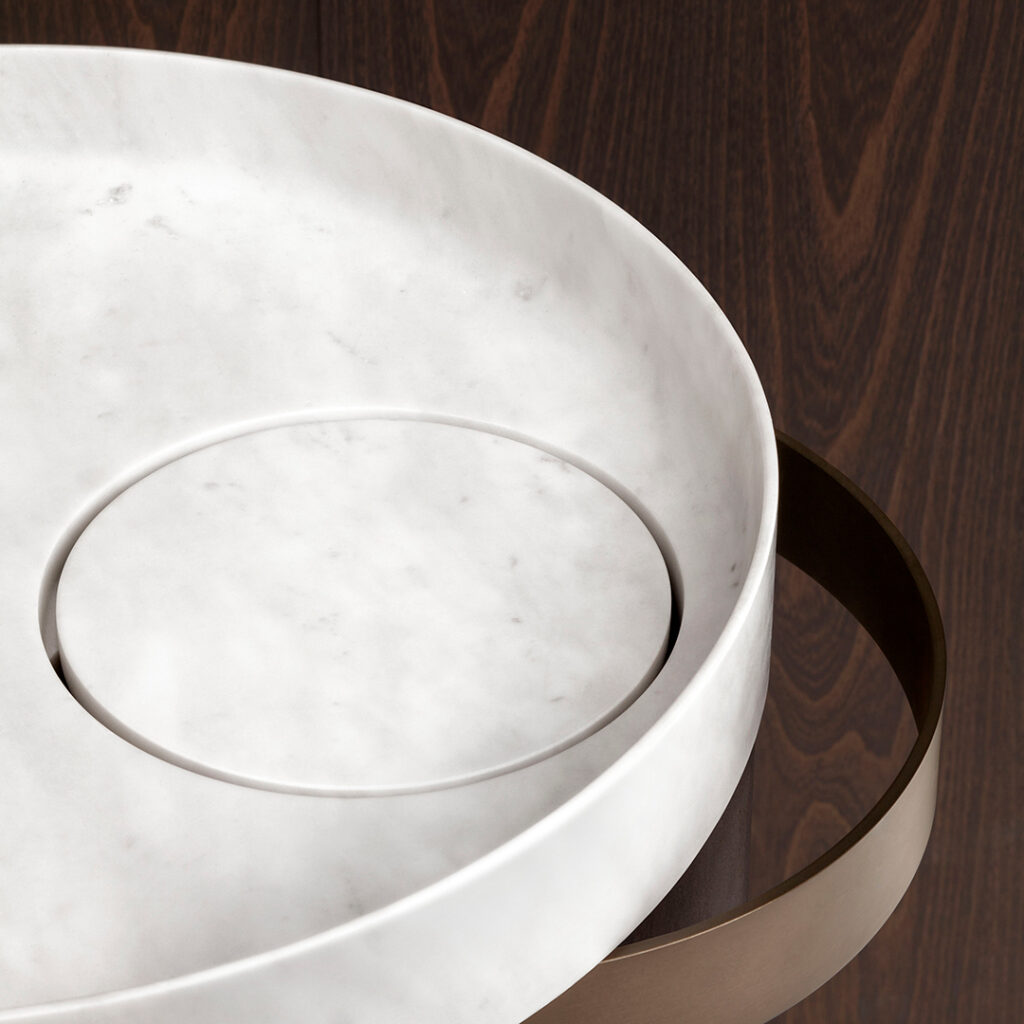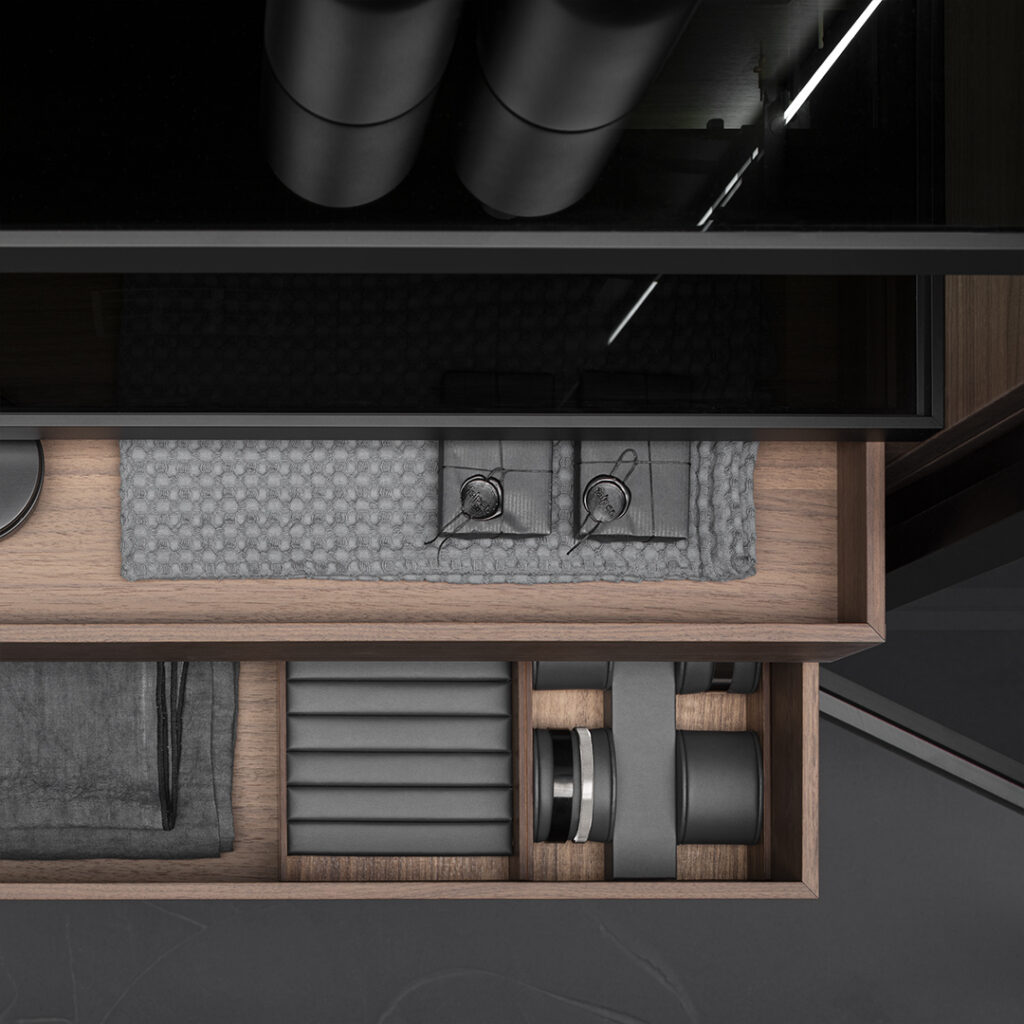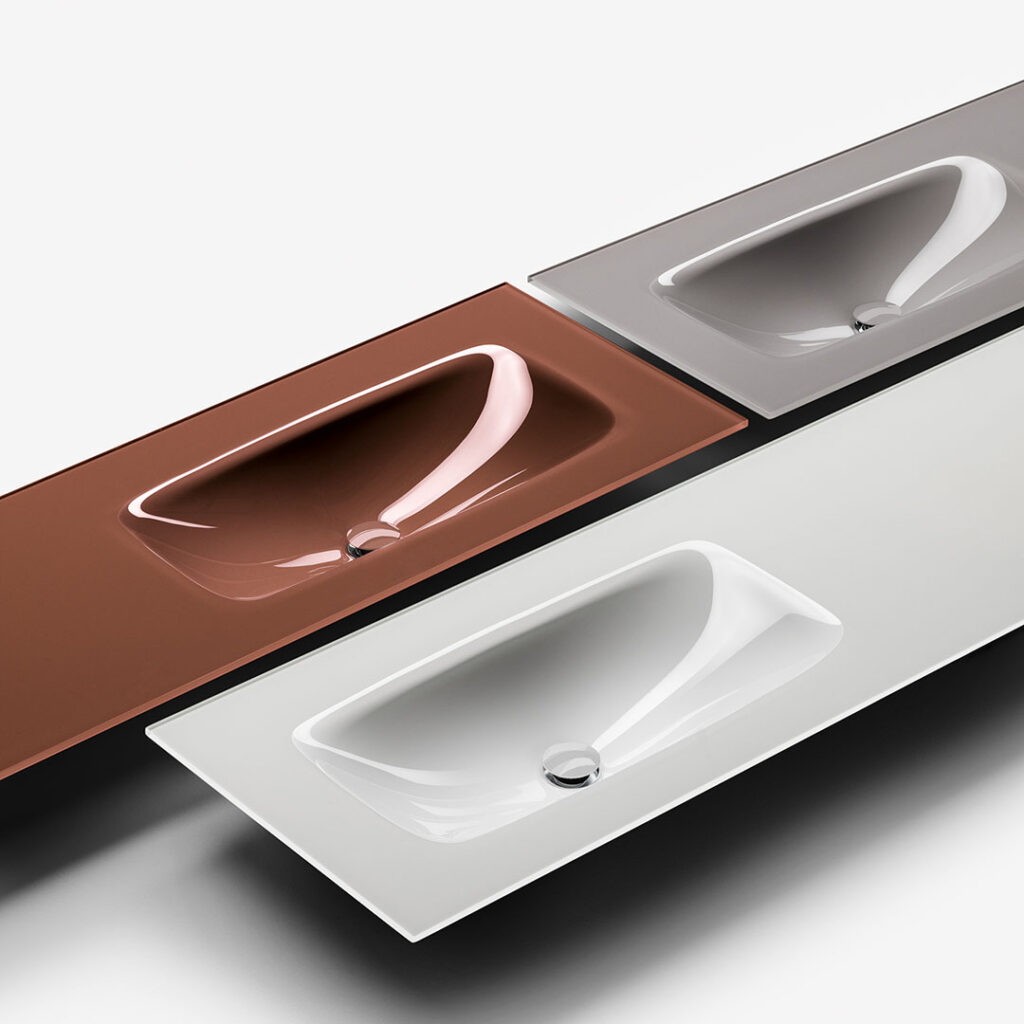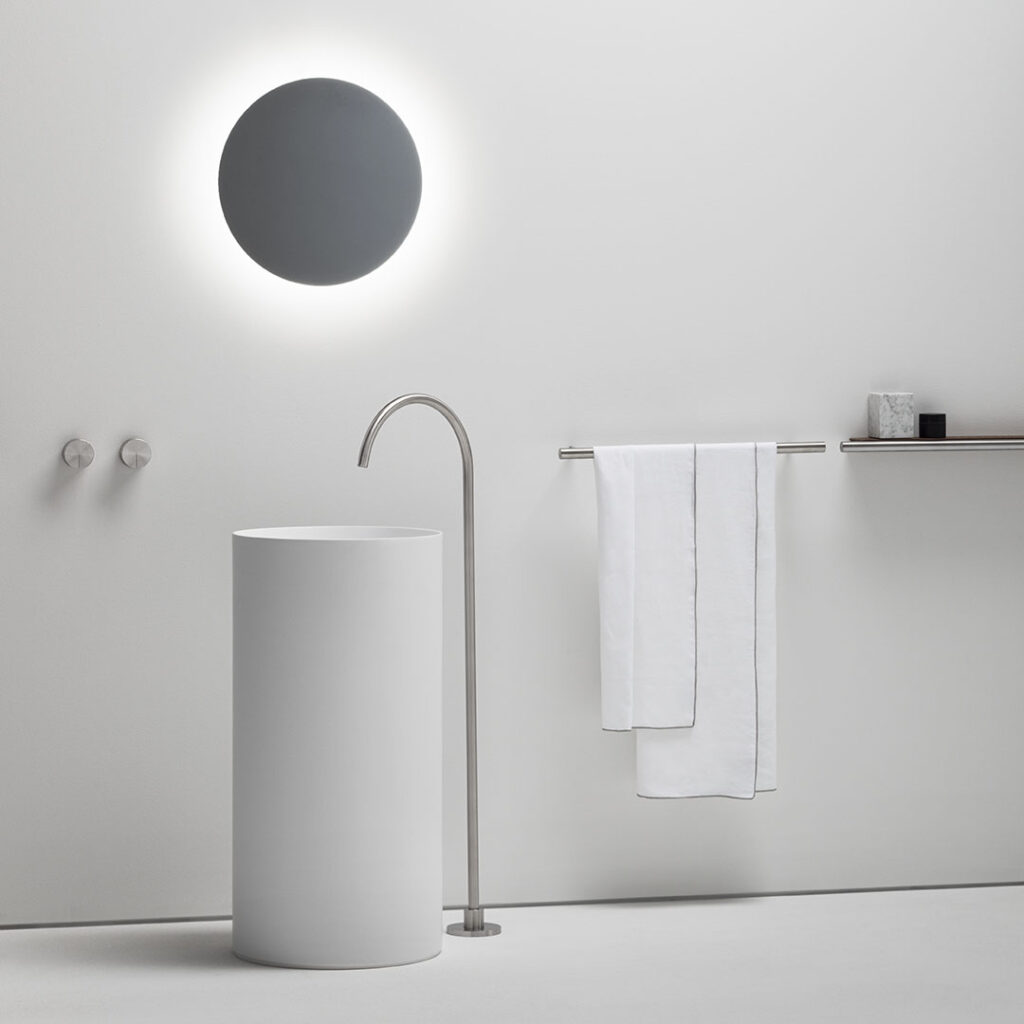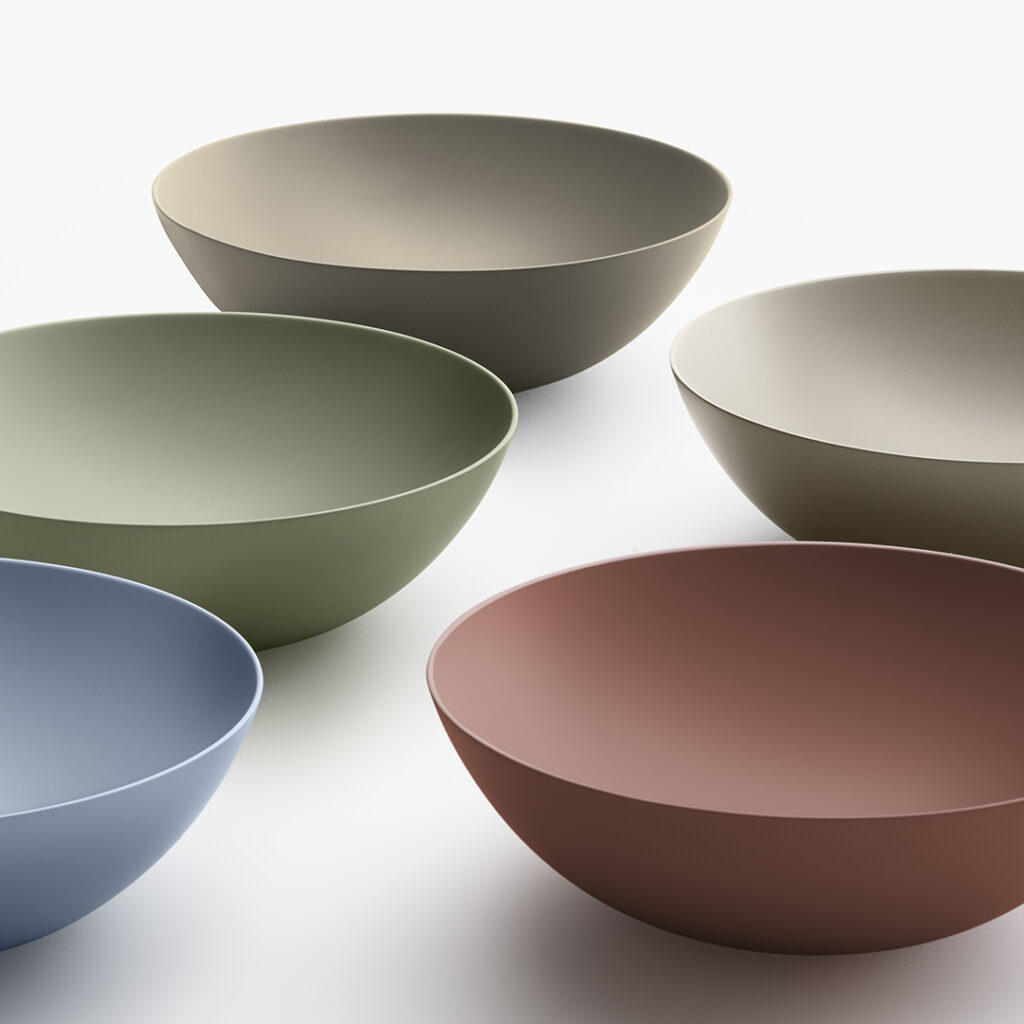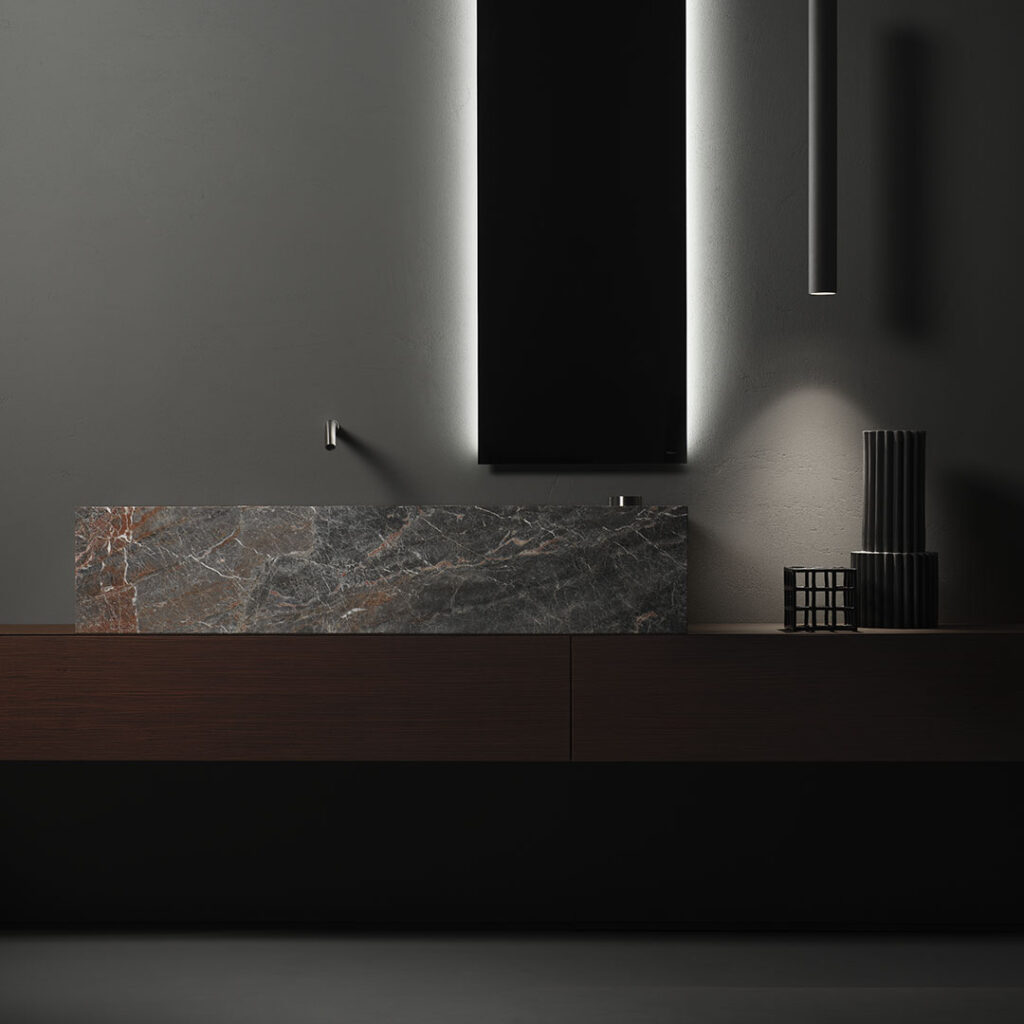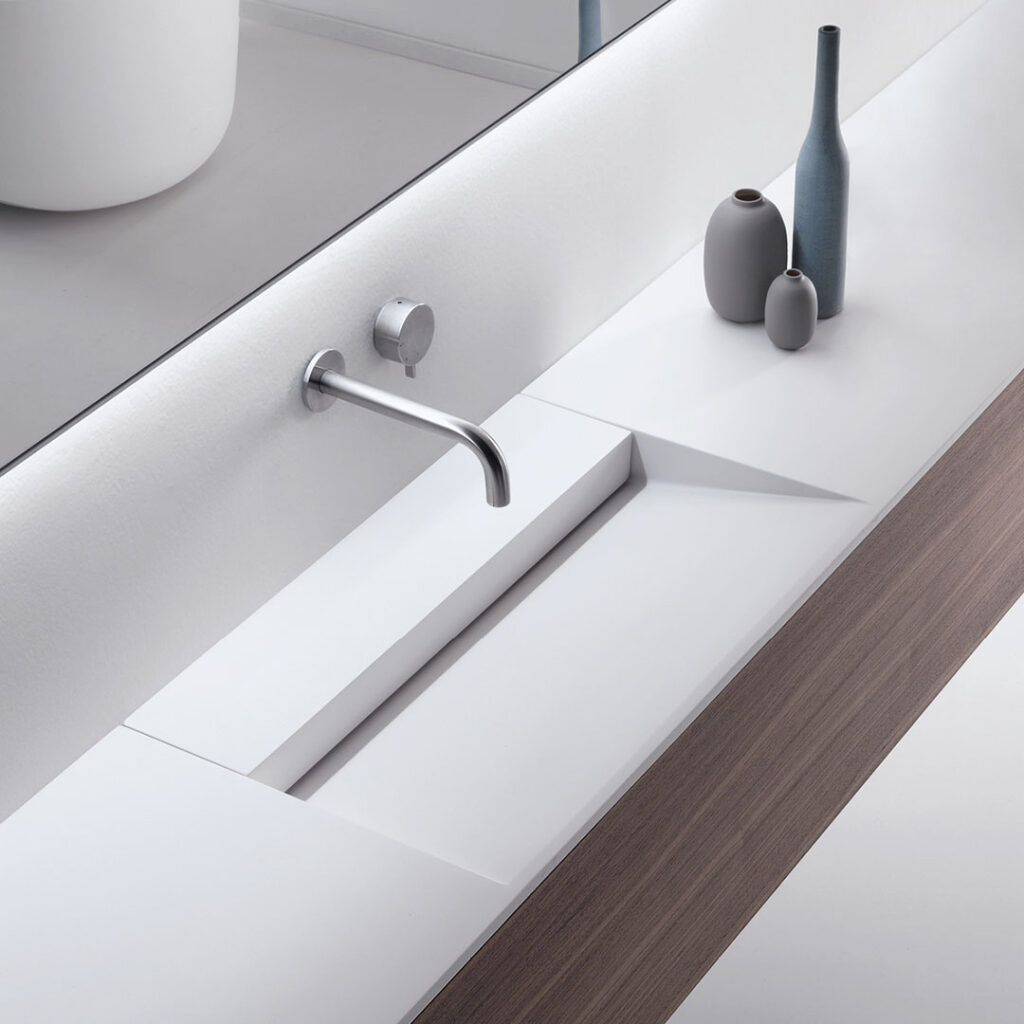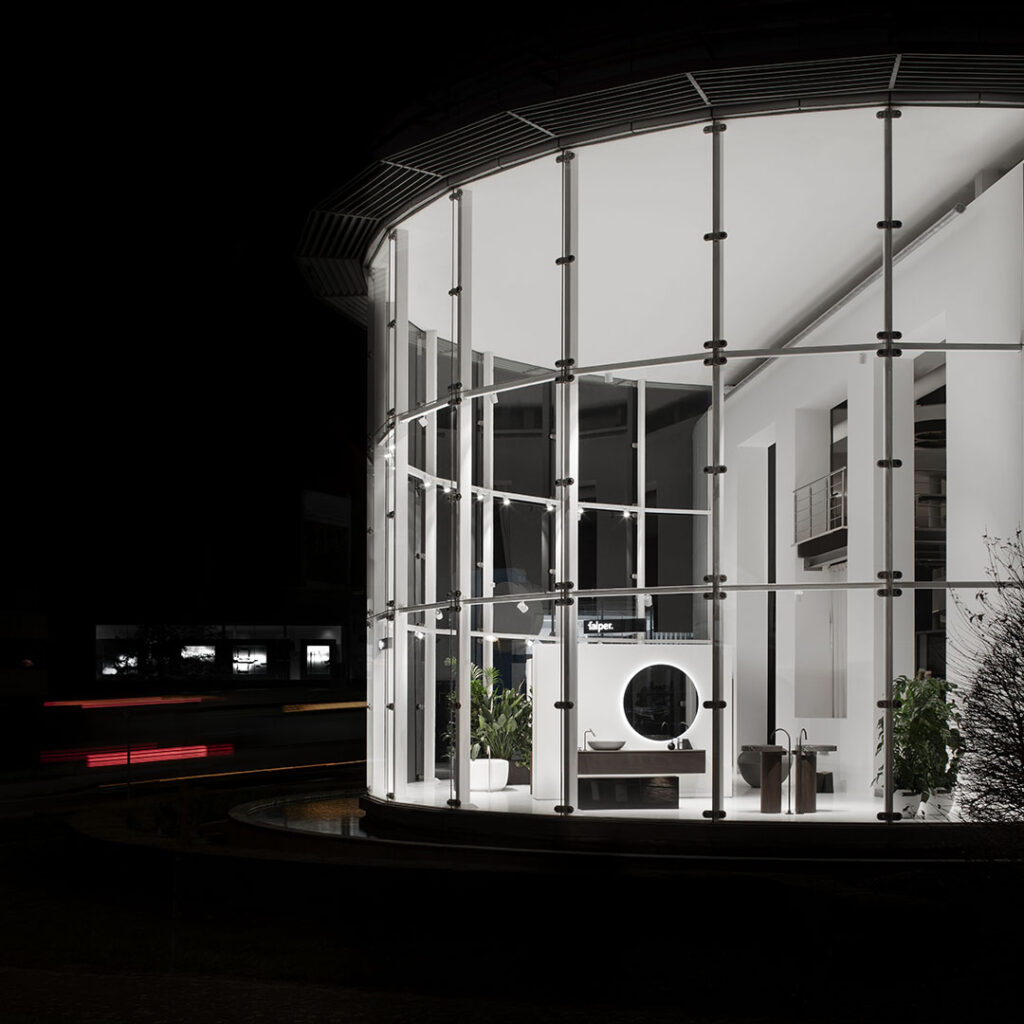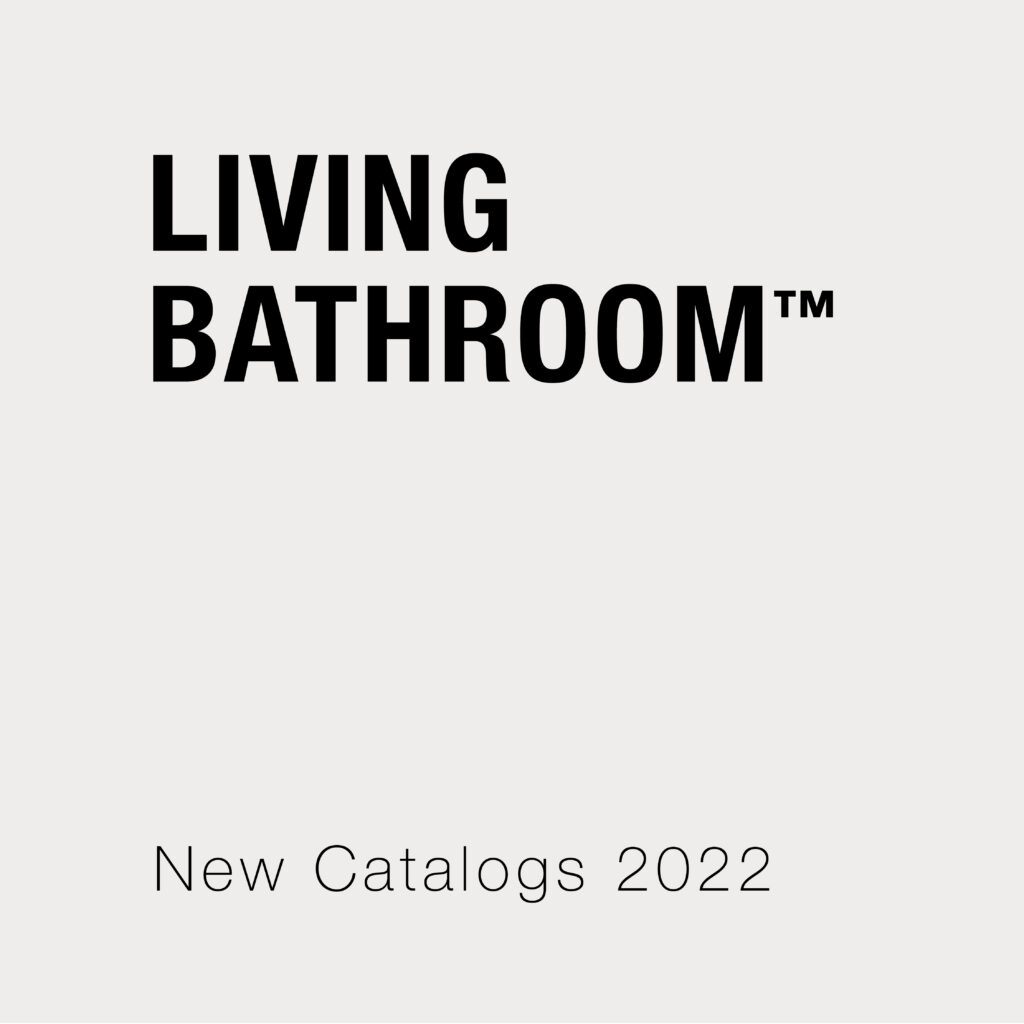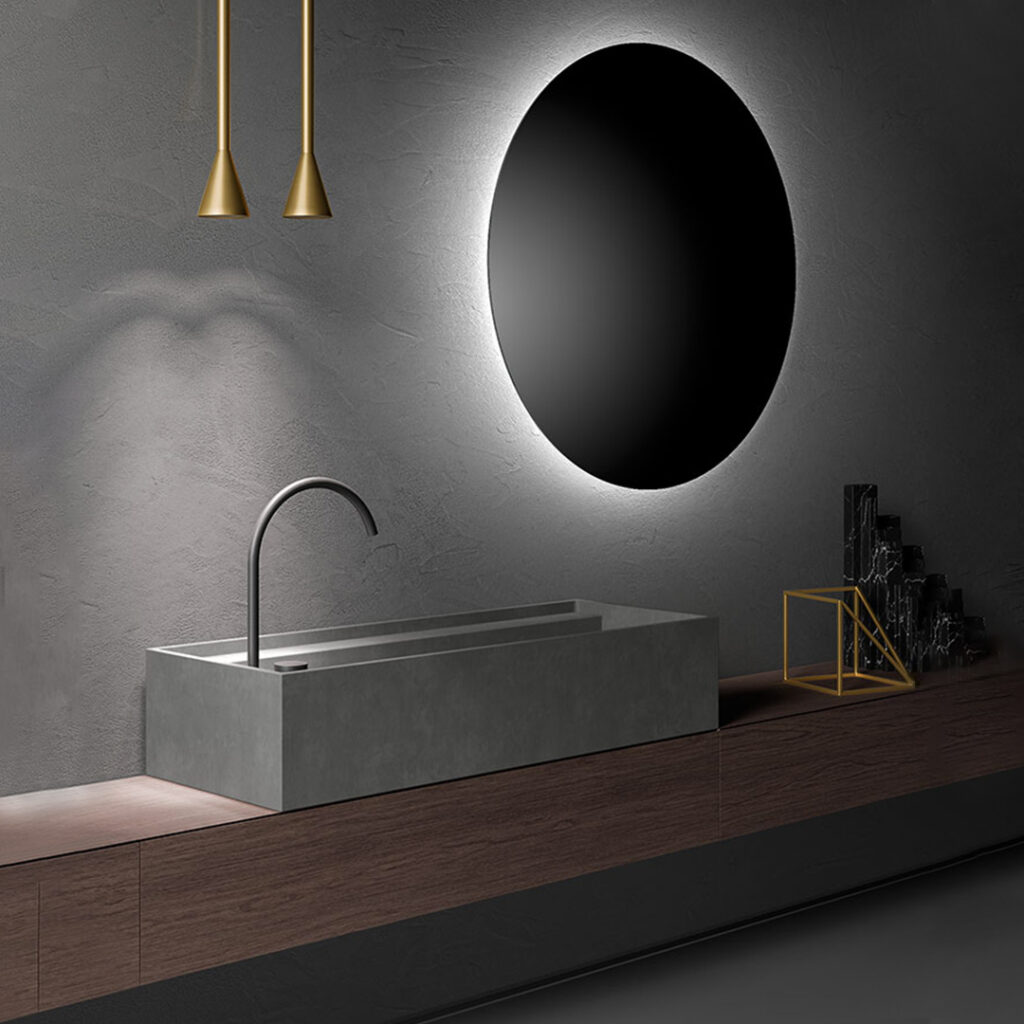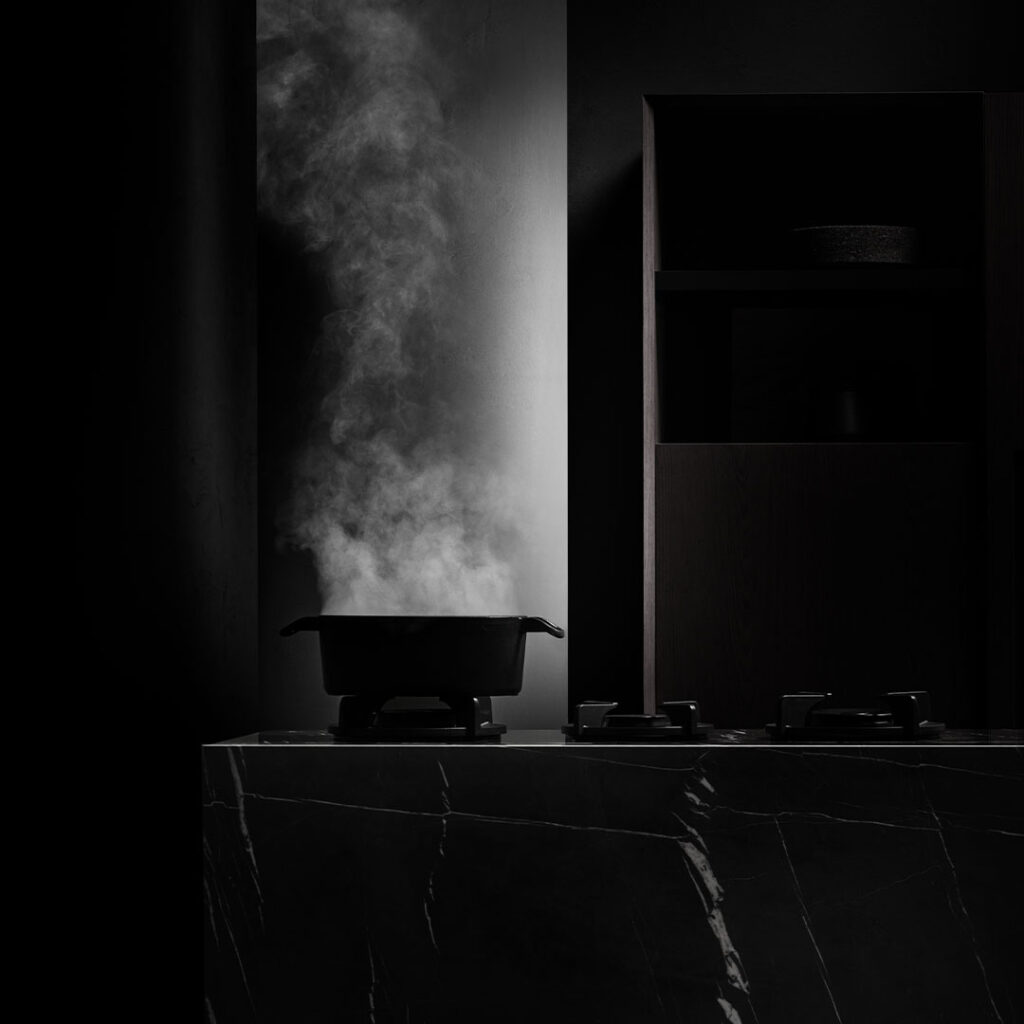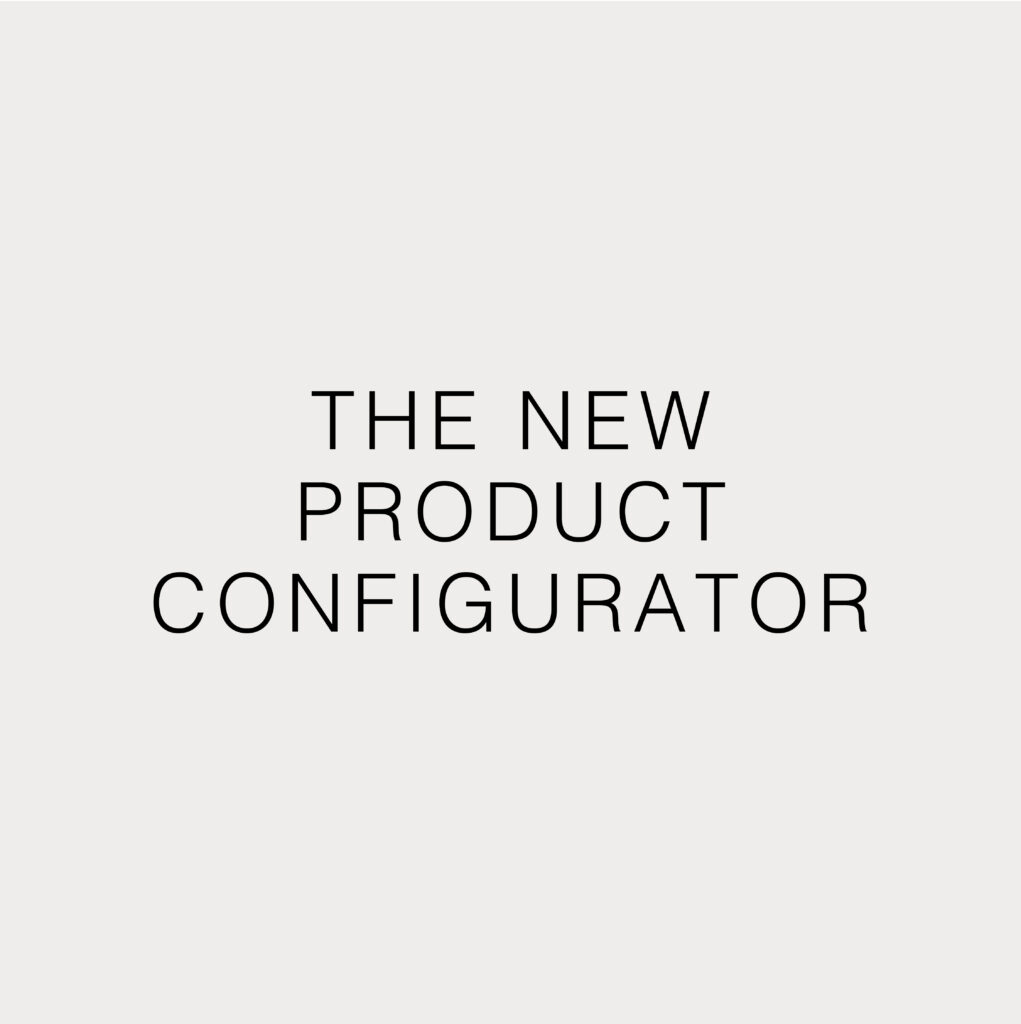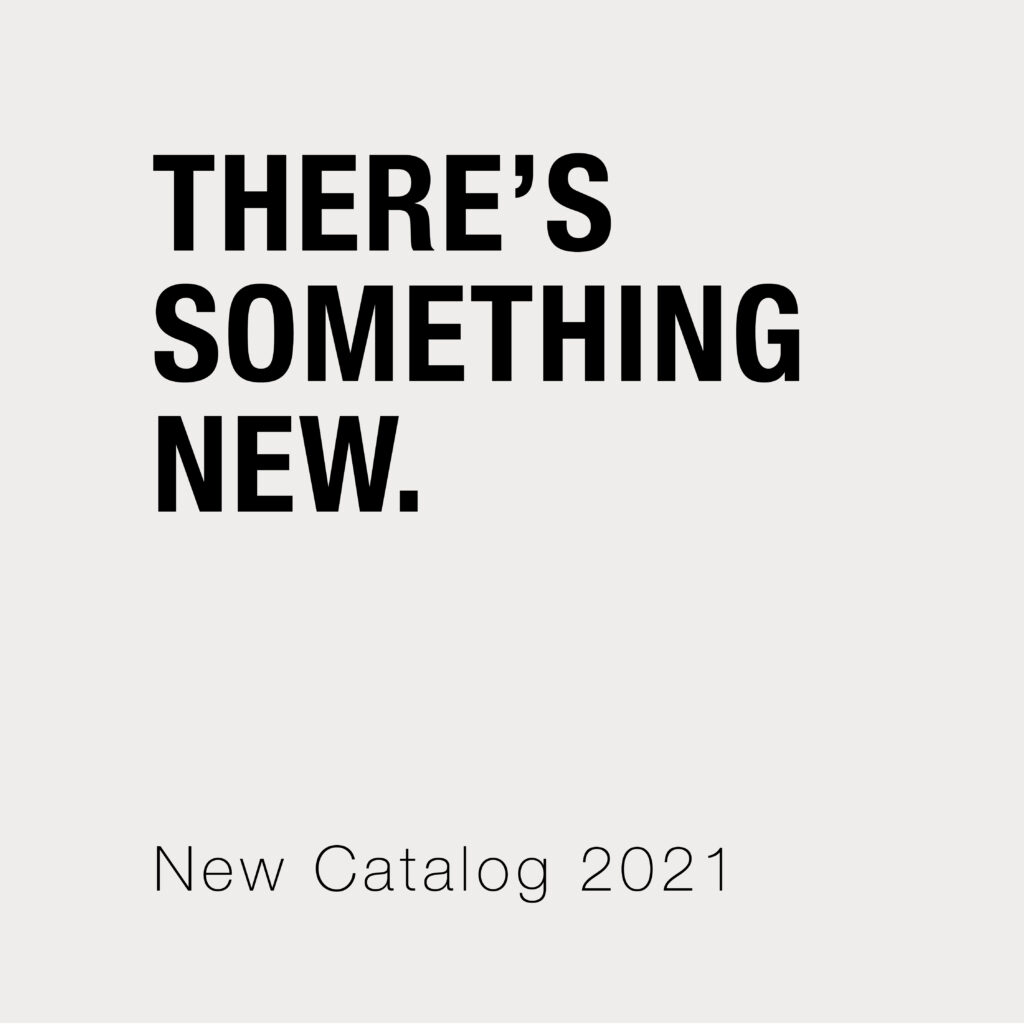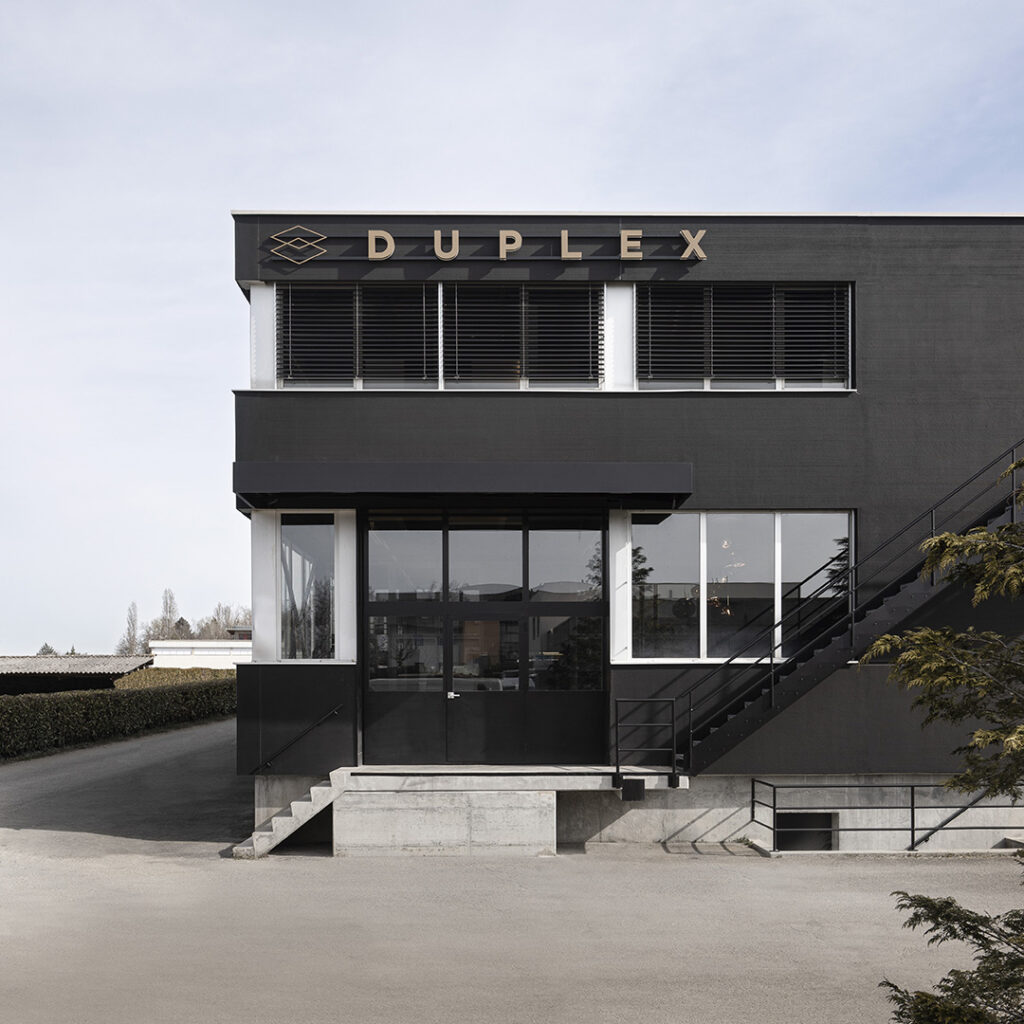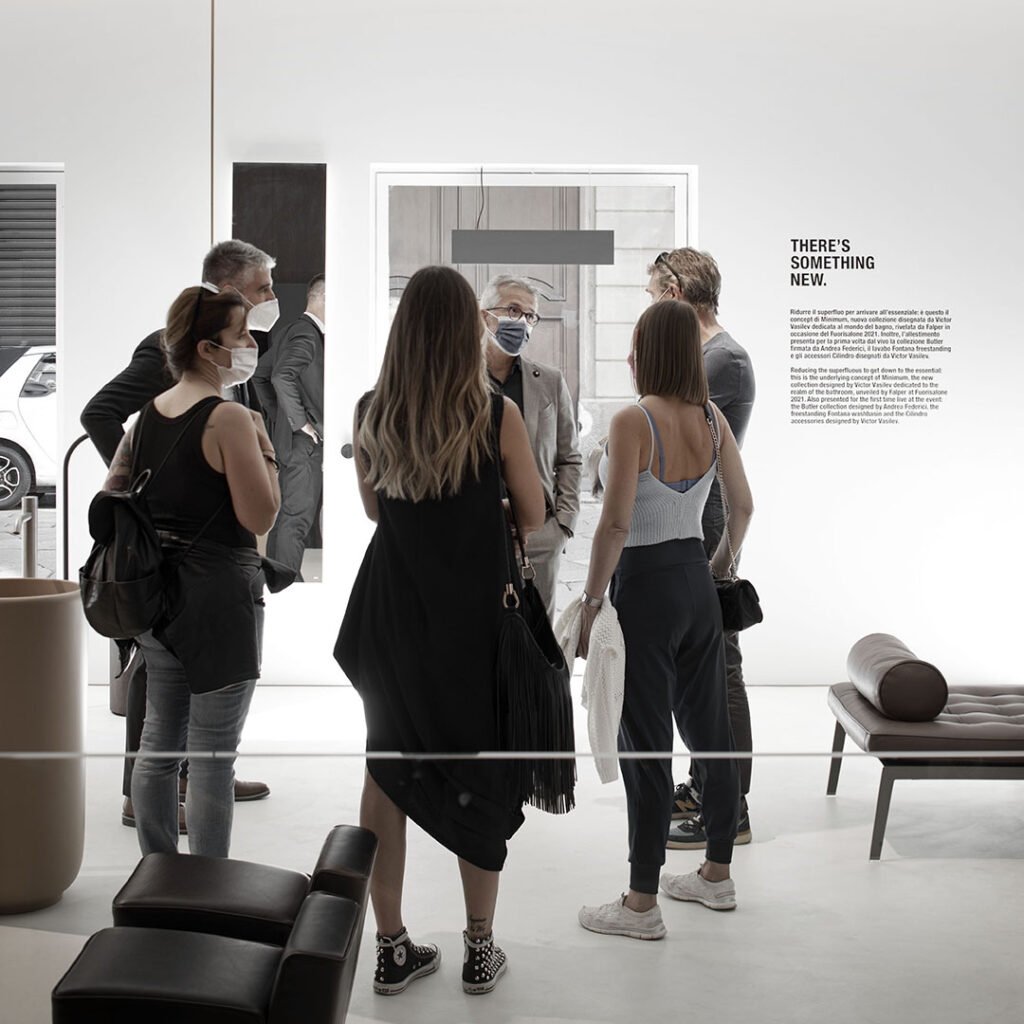Andrea Federici: the kitchen revolution
Andrea Federici, born in 1981, graduated from Politecnico di Milano, began his career as a designer and art director in 2003, focusing on the development of entire collections of kitchens, bathrooms, office furniture and living furniture. He has received numerous international awards and the prestigious nomination for the EDIDA 2023 award for the Small Living Kitchen project.
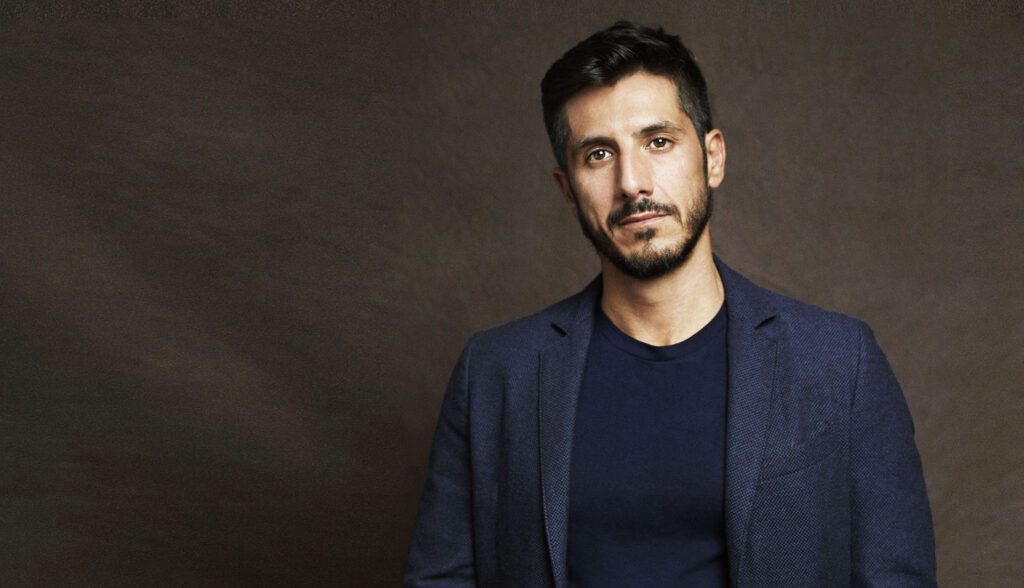
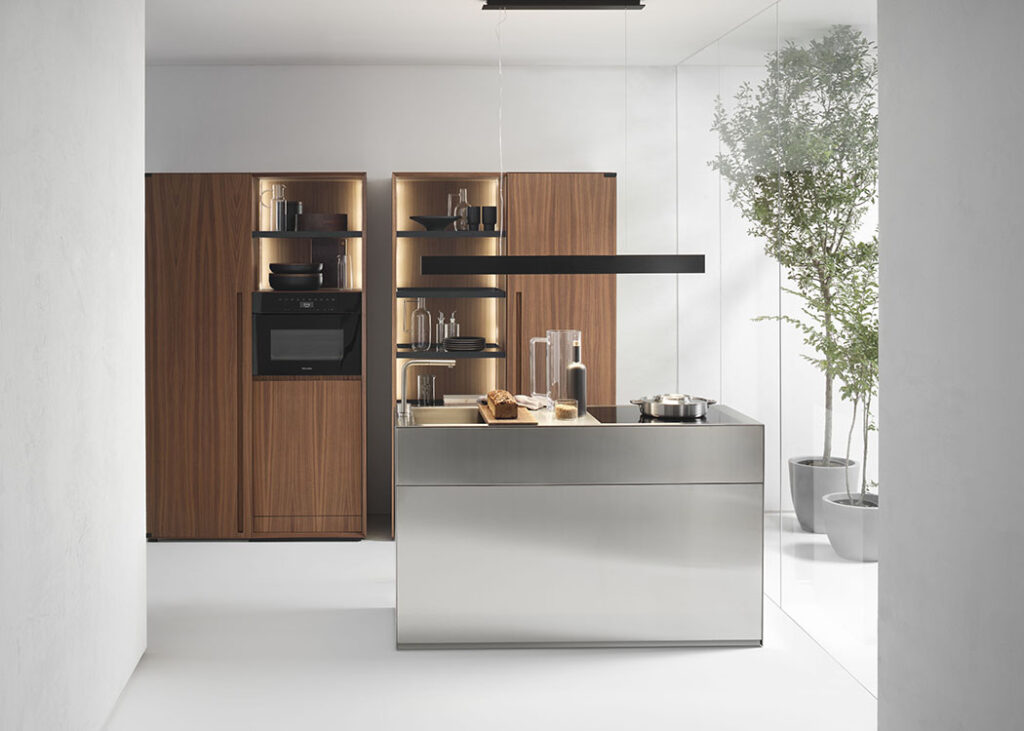
How did you envision the kitchen line for Falper?
I started by noting that today’s family units have radically changed: there are more couples without children or singles, whose lives develop in high-density urban centres, where space is increasingly scarce. Temporary residences have multiplied thanks to the mobility of transient managers. There are new types of consumers for whom kitchen companies should seek answers. Falper addresses a unique market niche, those who live in precious small volumes, potential clients with financial availability in the luxury bracket, who seek sophisticated objects representative of their status.
What was your approach to the design process?
The modern kitchen comes from the Frankfurt Kitchen, designed in 1926 by Margarete Schütte-Lihotzky, the first Austrian woman architect, who designed a system of modular furniture. From here we rethought the archetype of the kitchen: it’s the first time since then that it has been industrially reproposed. We started from an experiment like the Smart car, a small vehicle designed to park in small spaces without sacrificing style, which then became a Status Symbol. We gave dignity to the small kitchen. This is demonstrated by the satisfaction and appreciation I receive from industry professionals and the press.
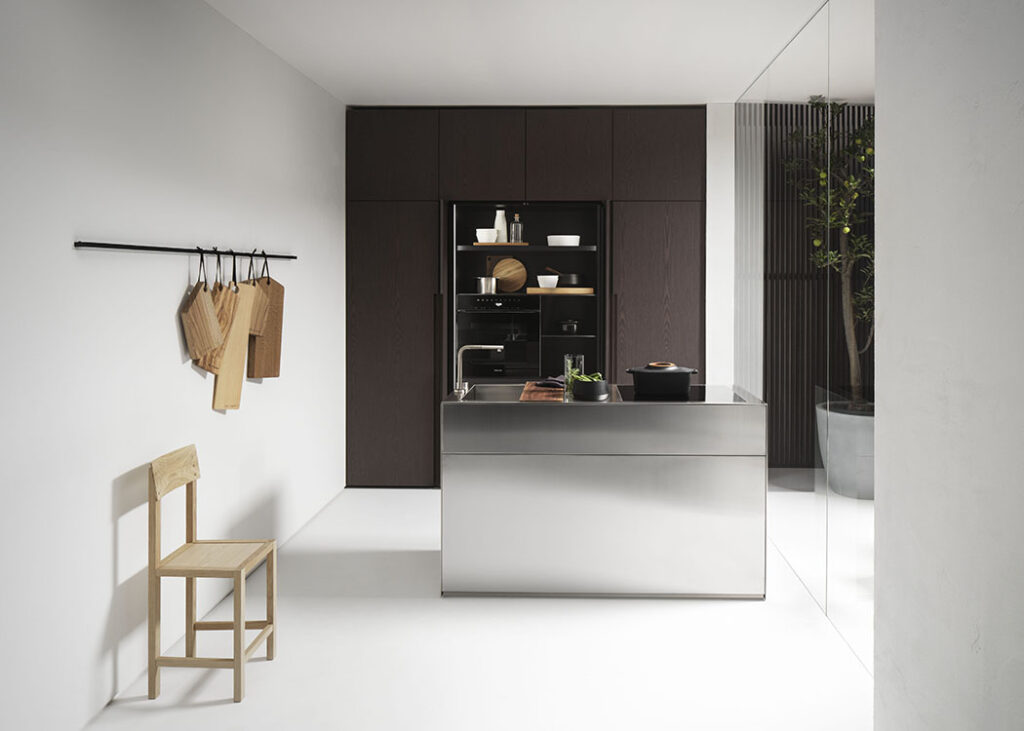
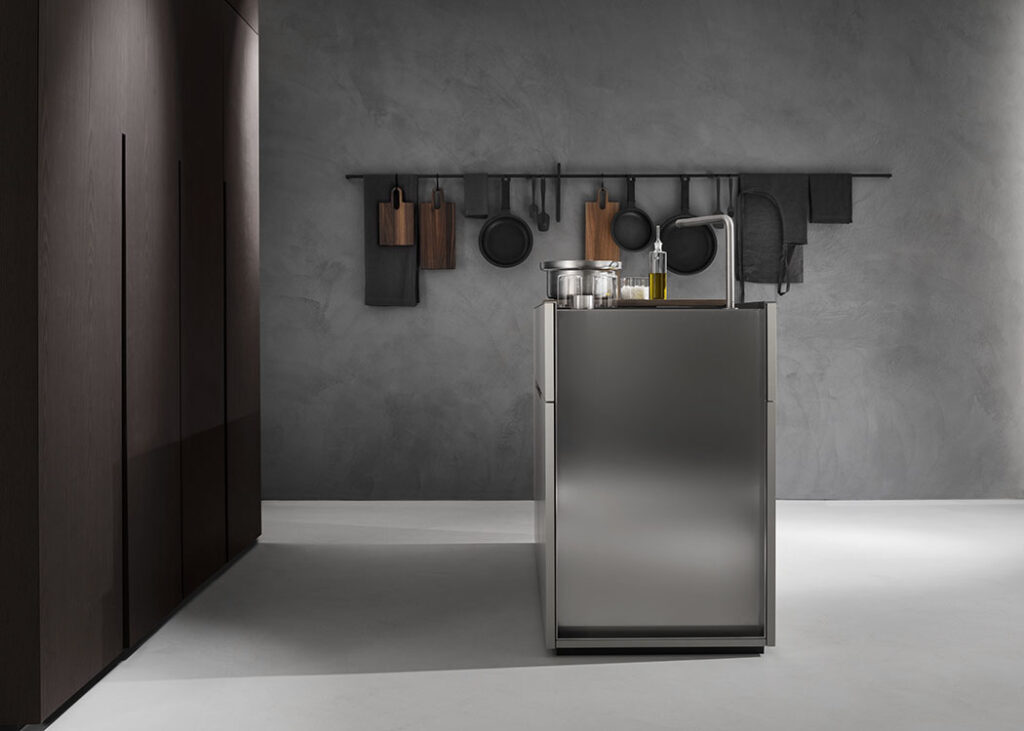
How did the Falper kitchen project begin?
I’ve known Luca Fallavena (CEO) for about ten years; the idea of a Mini Kitchen comes from him. We began a research journey in 2018: it took 6 months of study at the end of which I presented a 300-page analysis, writing everything that could and could not be done. The first project was delivered in summer 2019. The real challenge was the technical part with suppliers and the production chain. We had to invent everything; behind every curve we found an obstacle; during the pandemic we persevered with video calls. We saw the kitchen assembled for the first time in February 2022 and presented it at the Salone del Mobile in Milan in June.
Will people still cook in the future?
People will still cook but the relationship with the kitchen will change. There will be a form of kitchen for guests; it will be the representation of cooking, show cooking at home. There’s already a hybridisation towards exotic flavours that mix traditional Italian dishes with Japanese, Chinese, Thai, Indian, Mexican cuisine. We have acquired a more playful dimension; people will cook to play at being a chef, to tell a story, to appear glamorous while standing behind the stove and to show off their skills. The kitchen will be a gathering place, somewhere to socialise and have fun.
